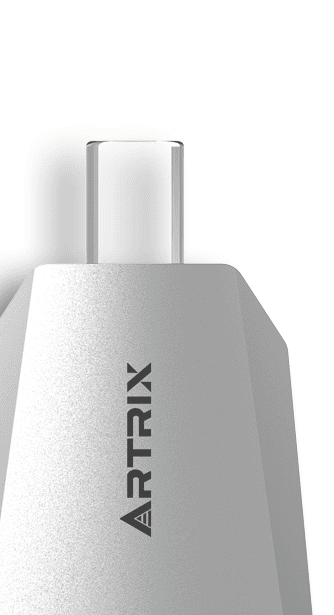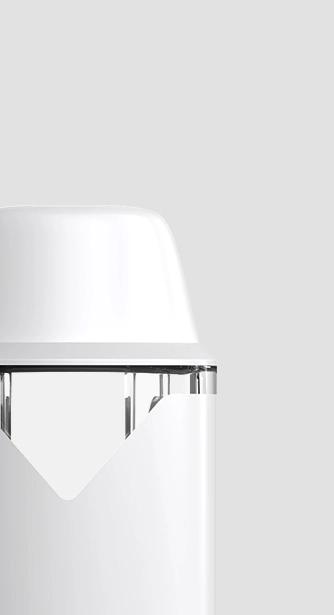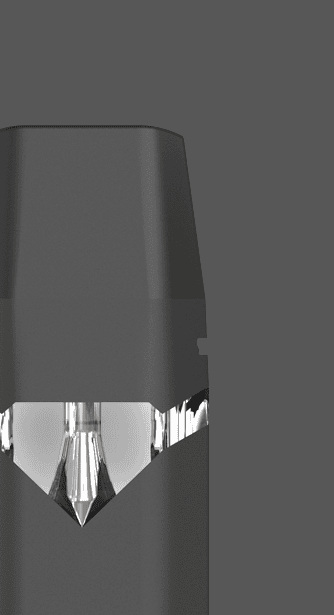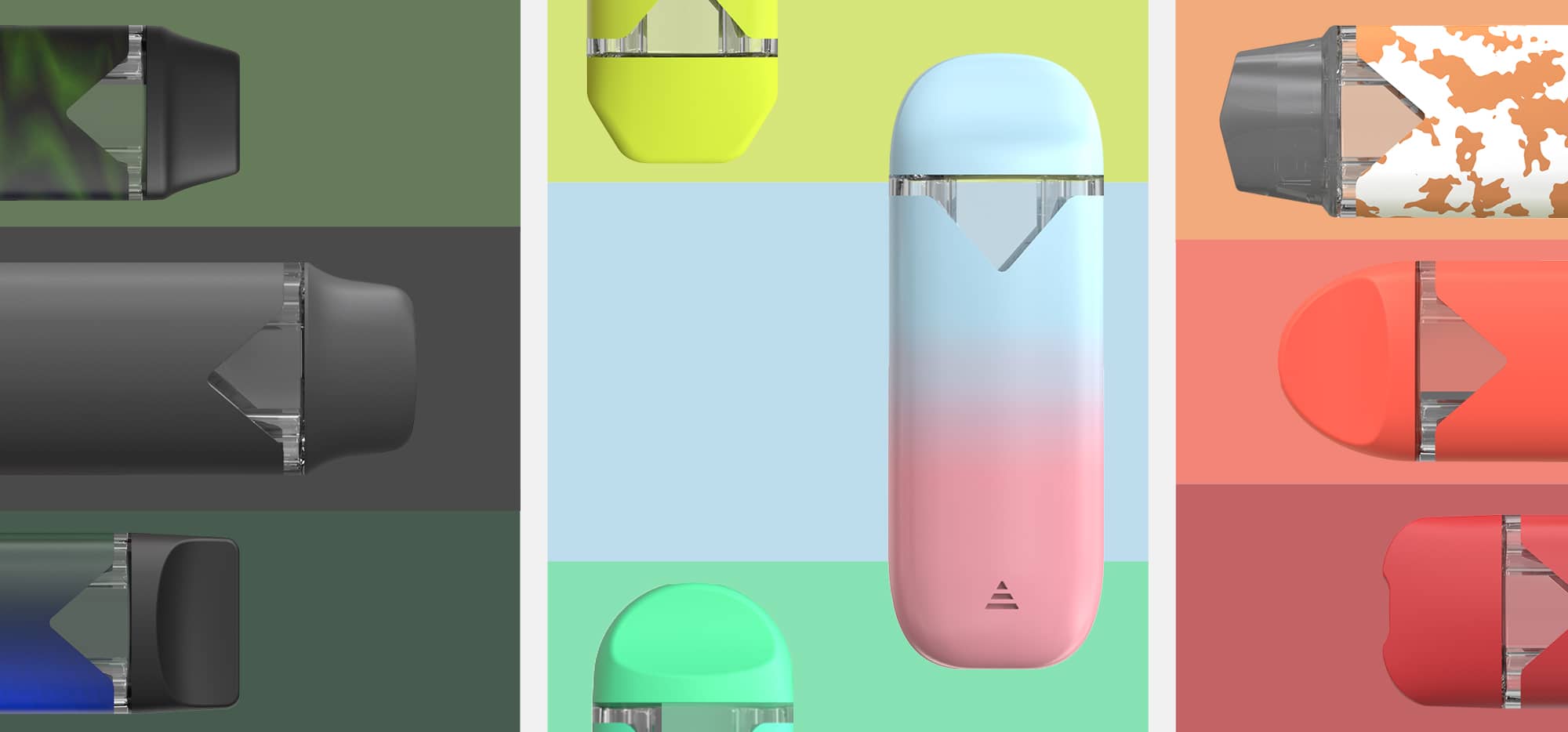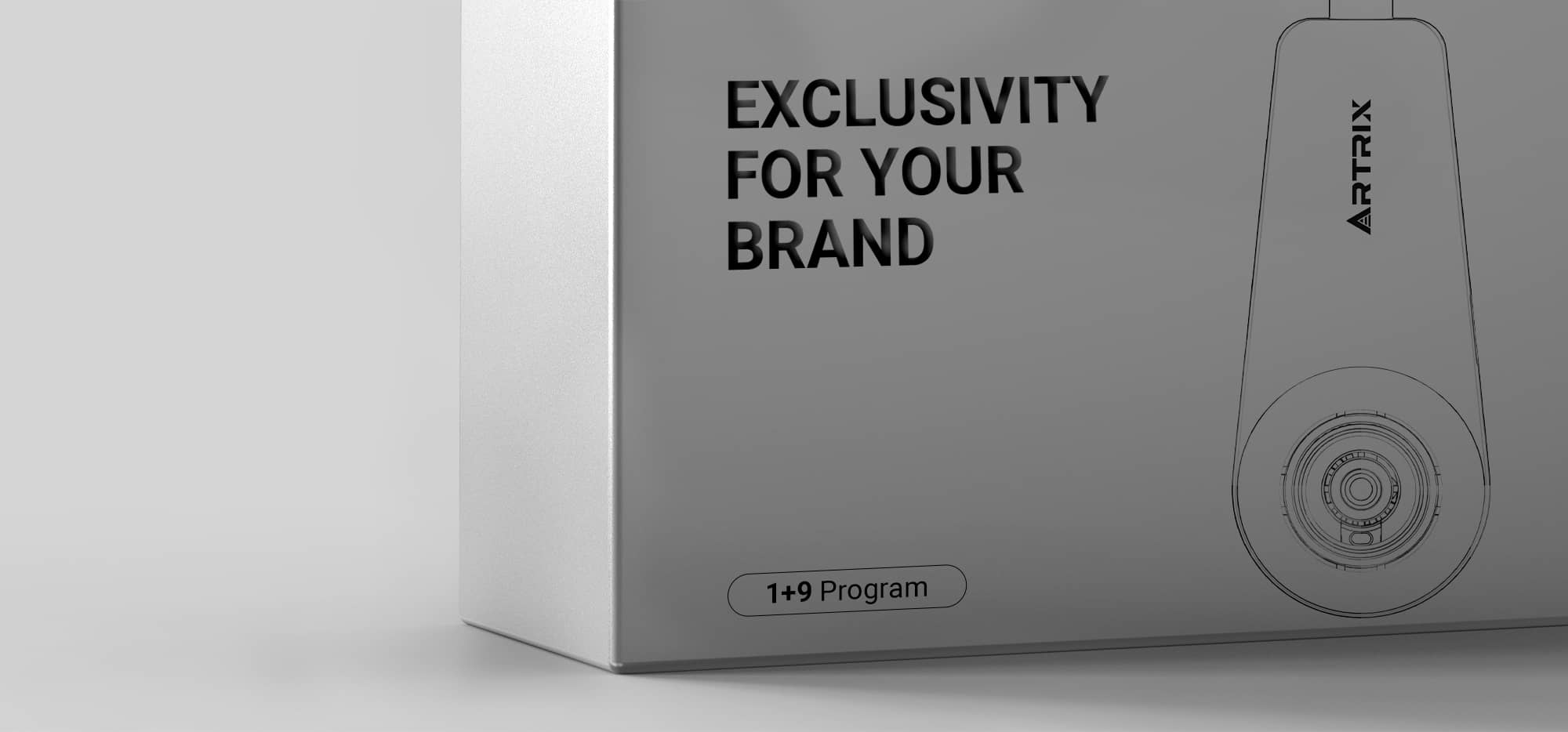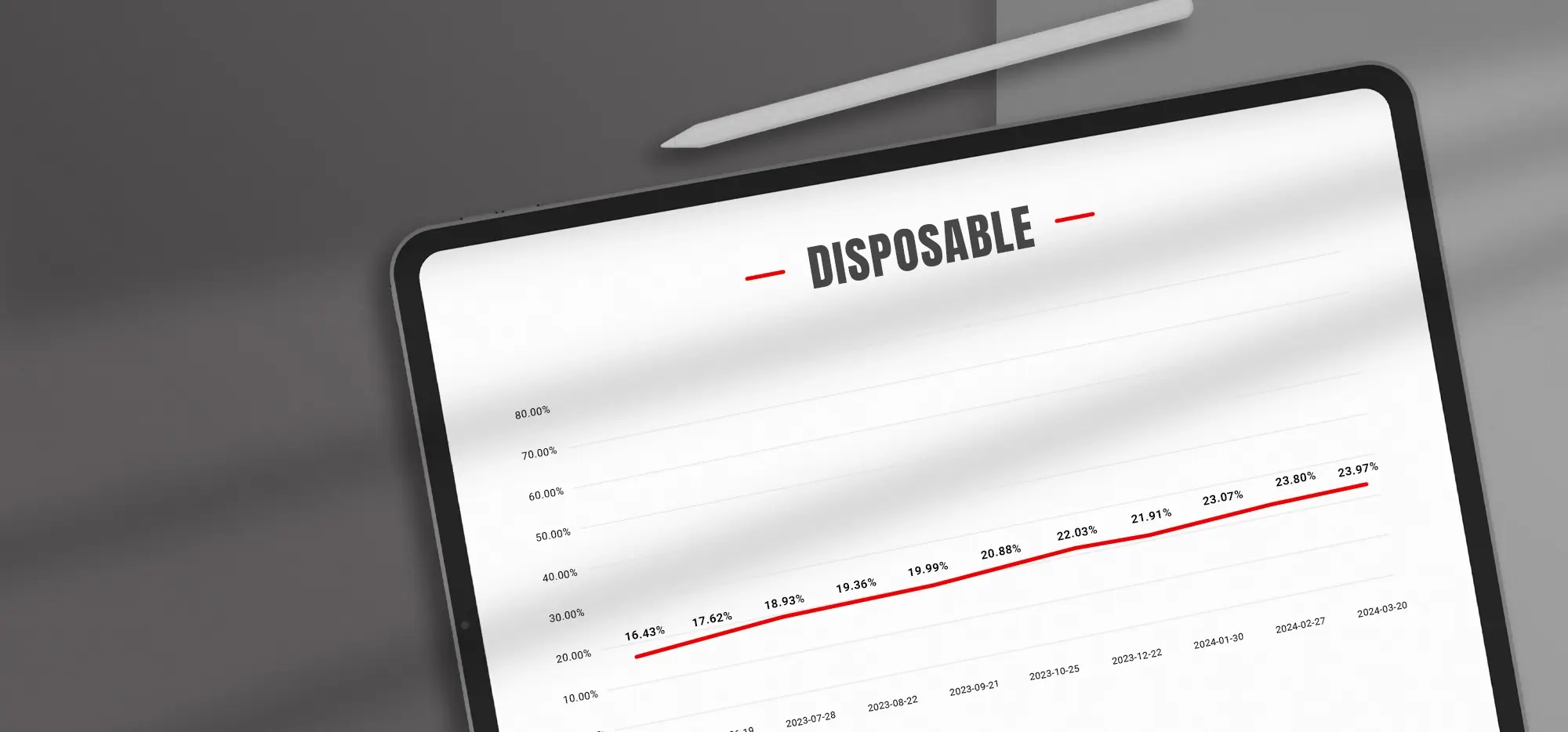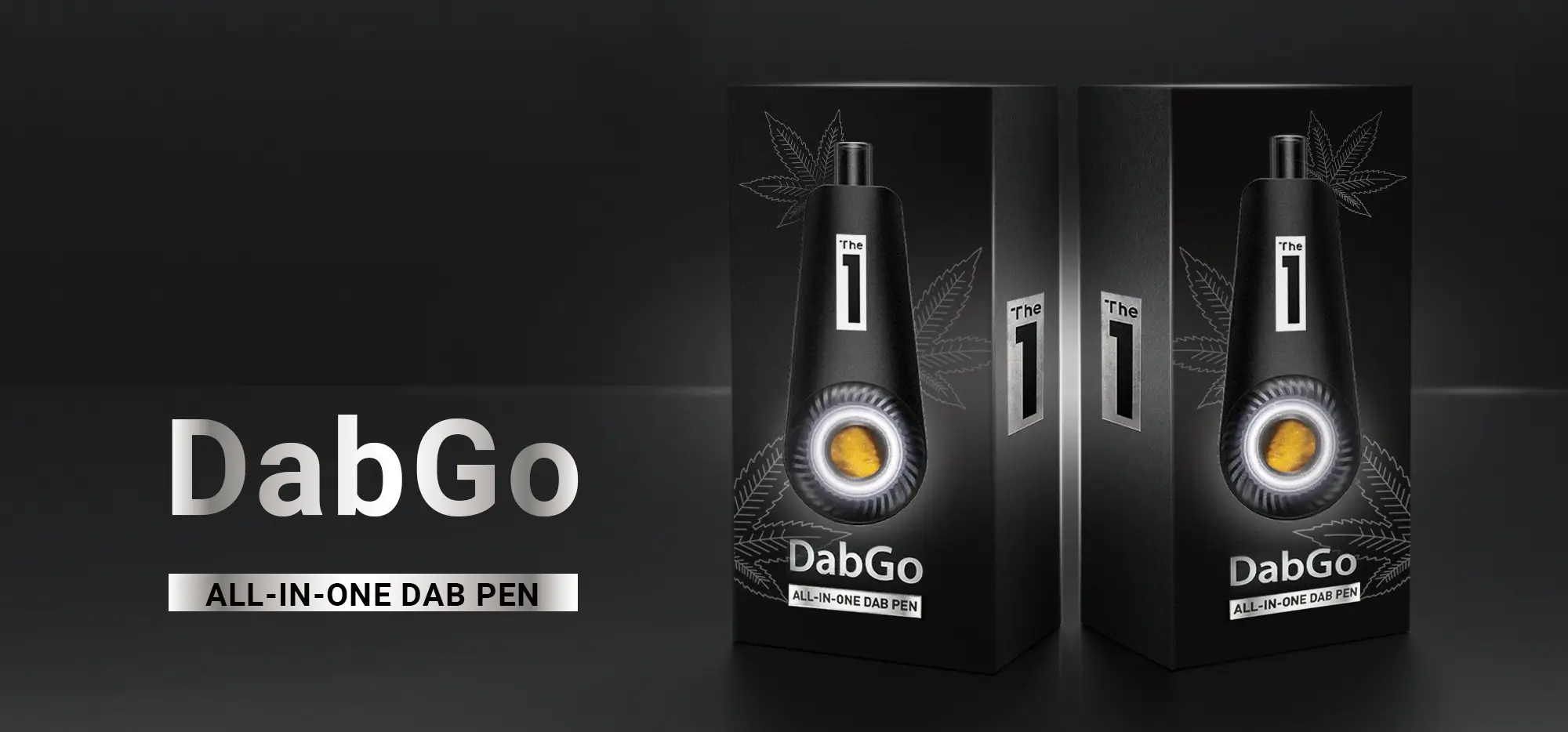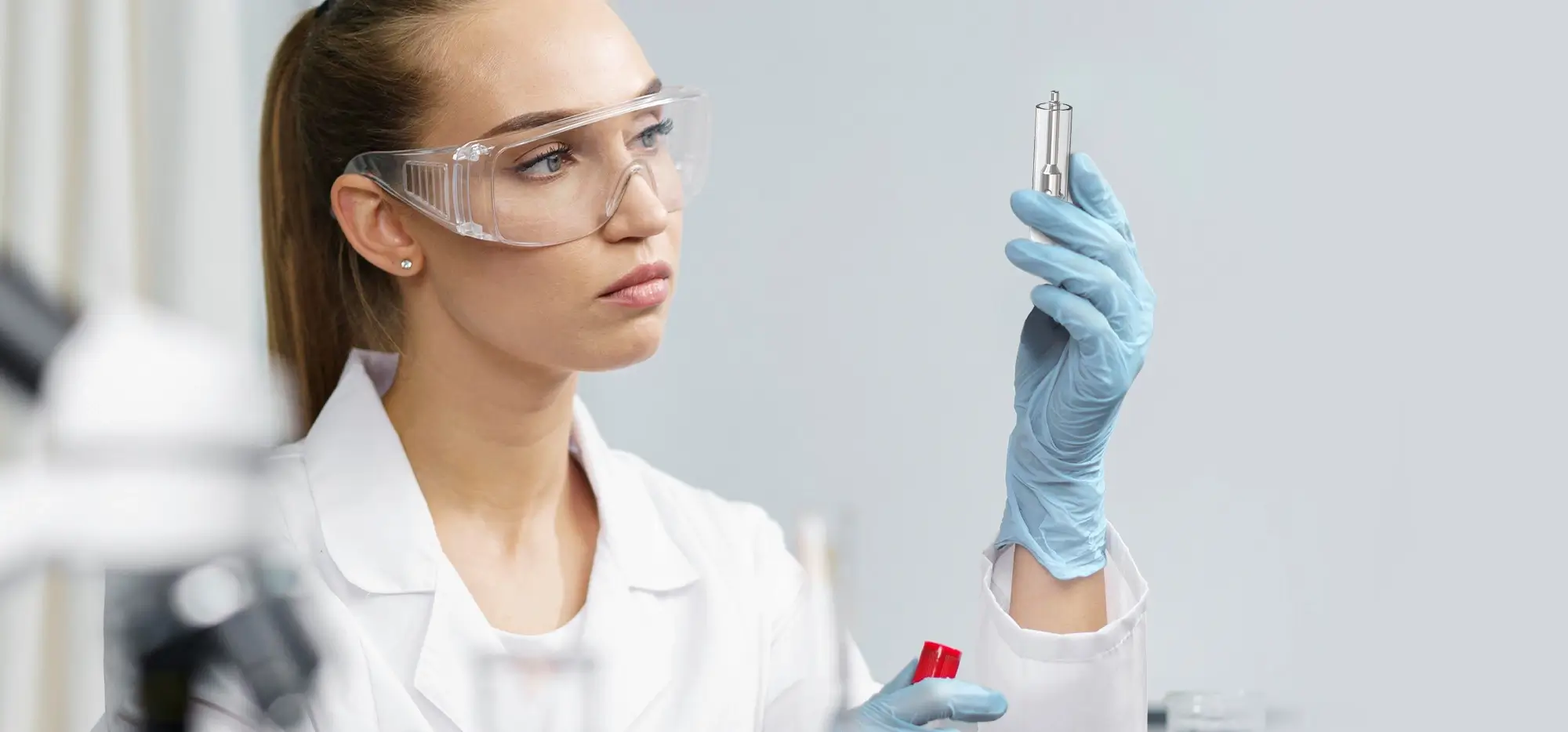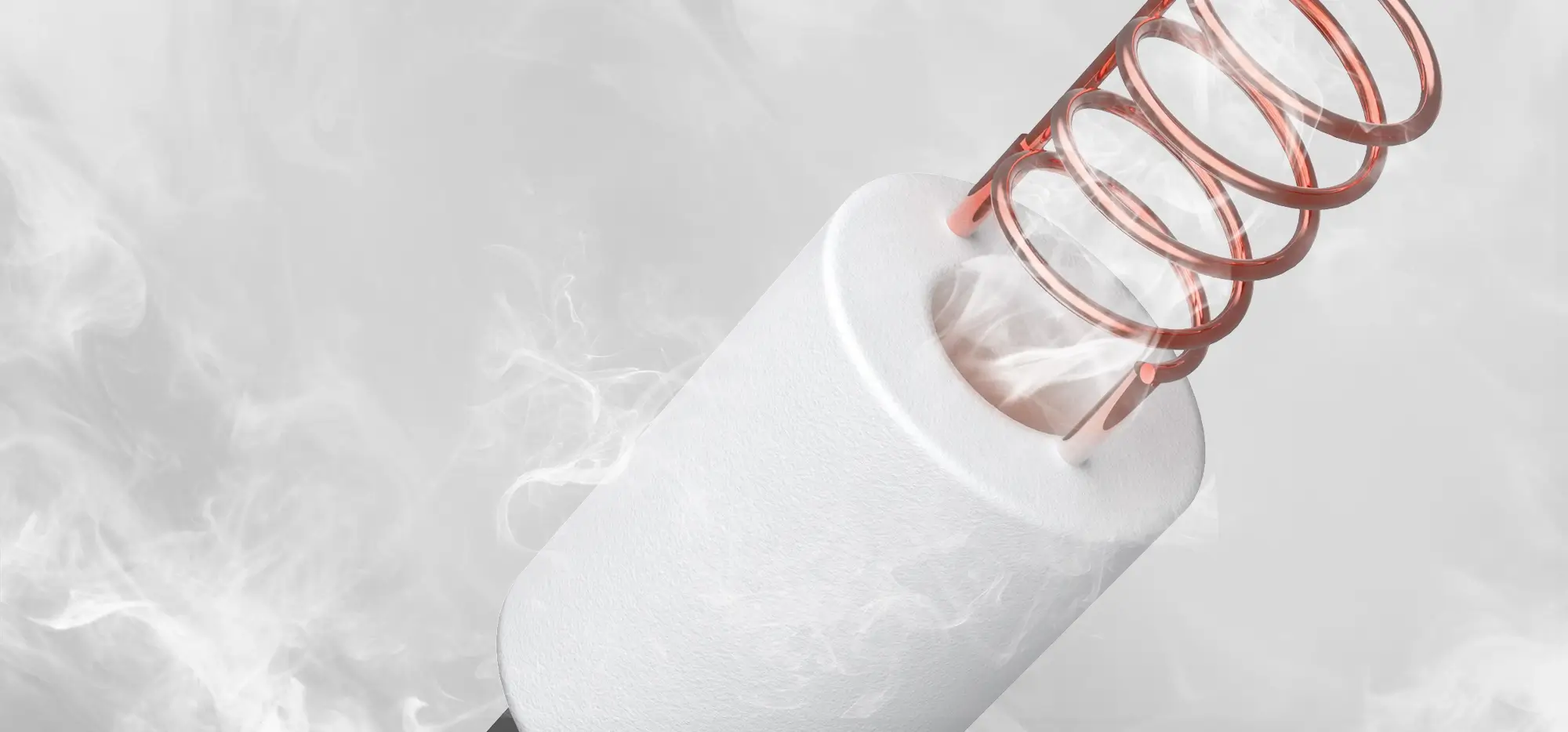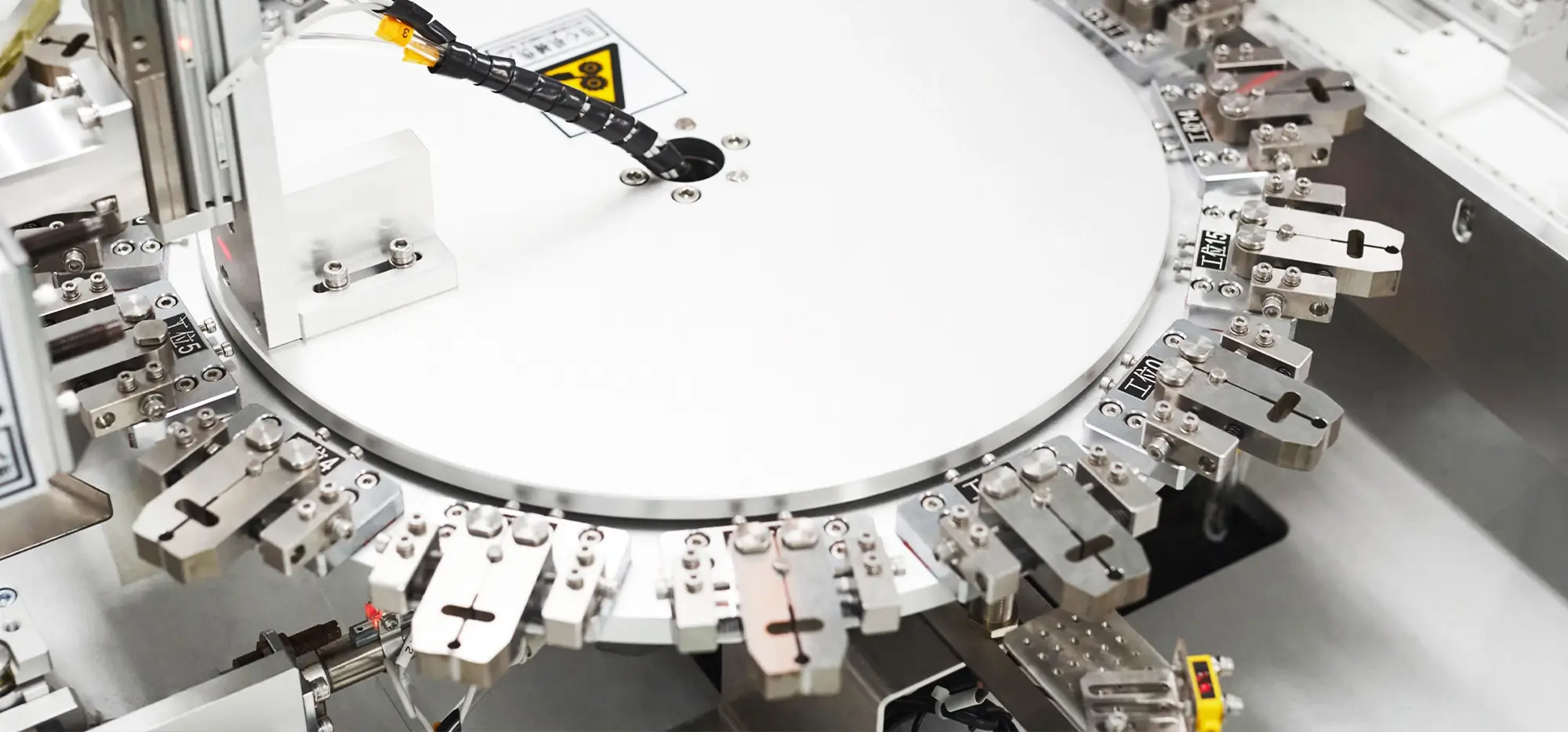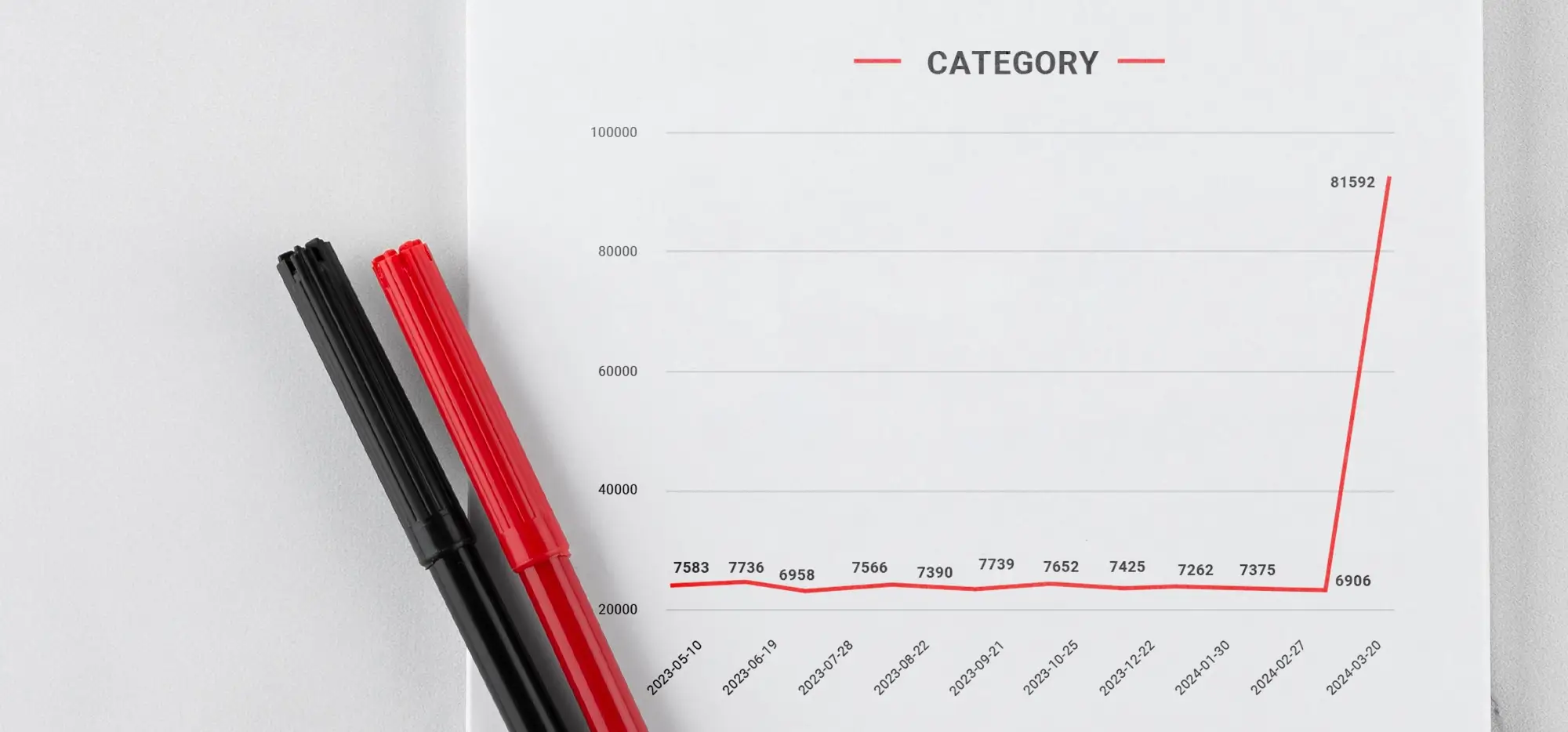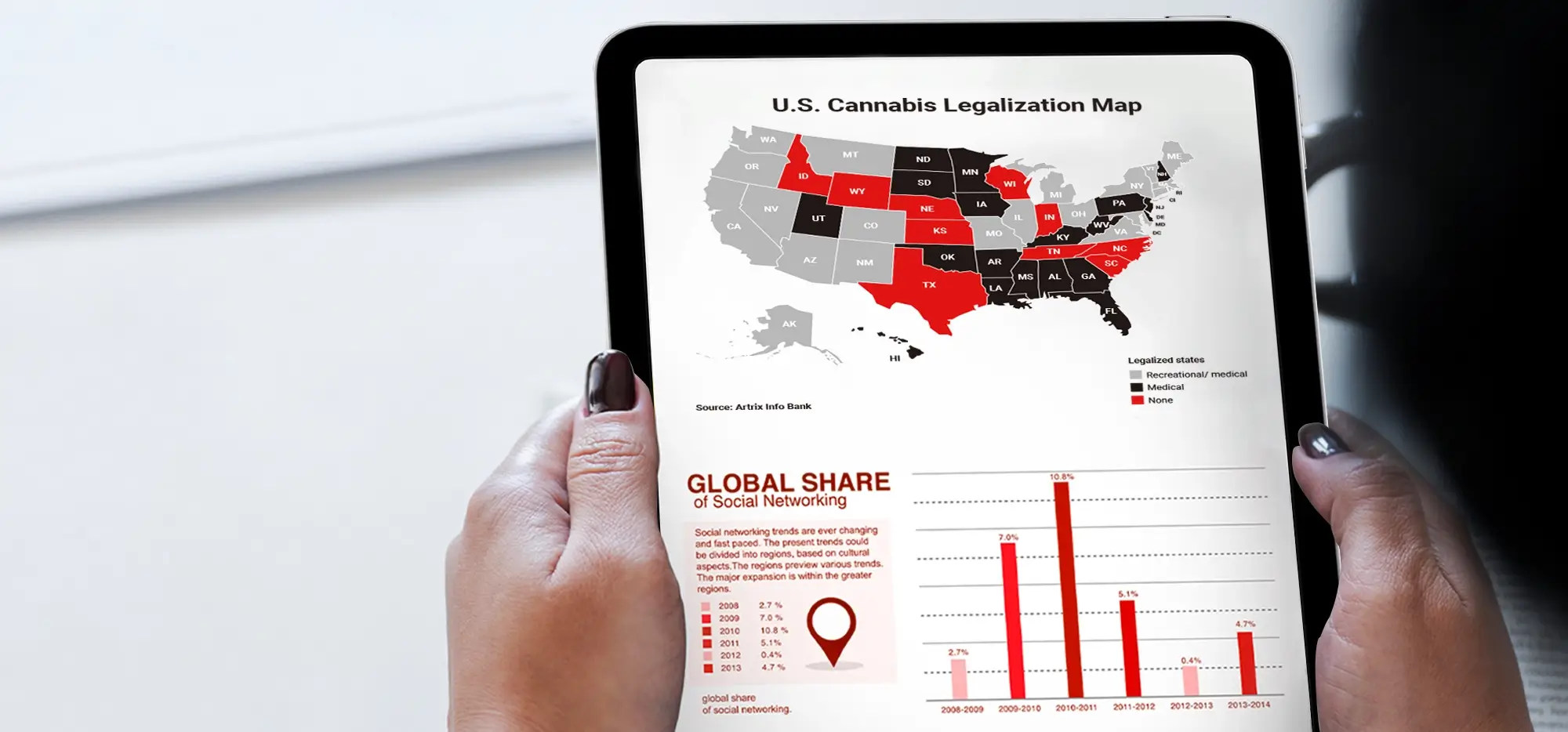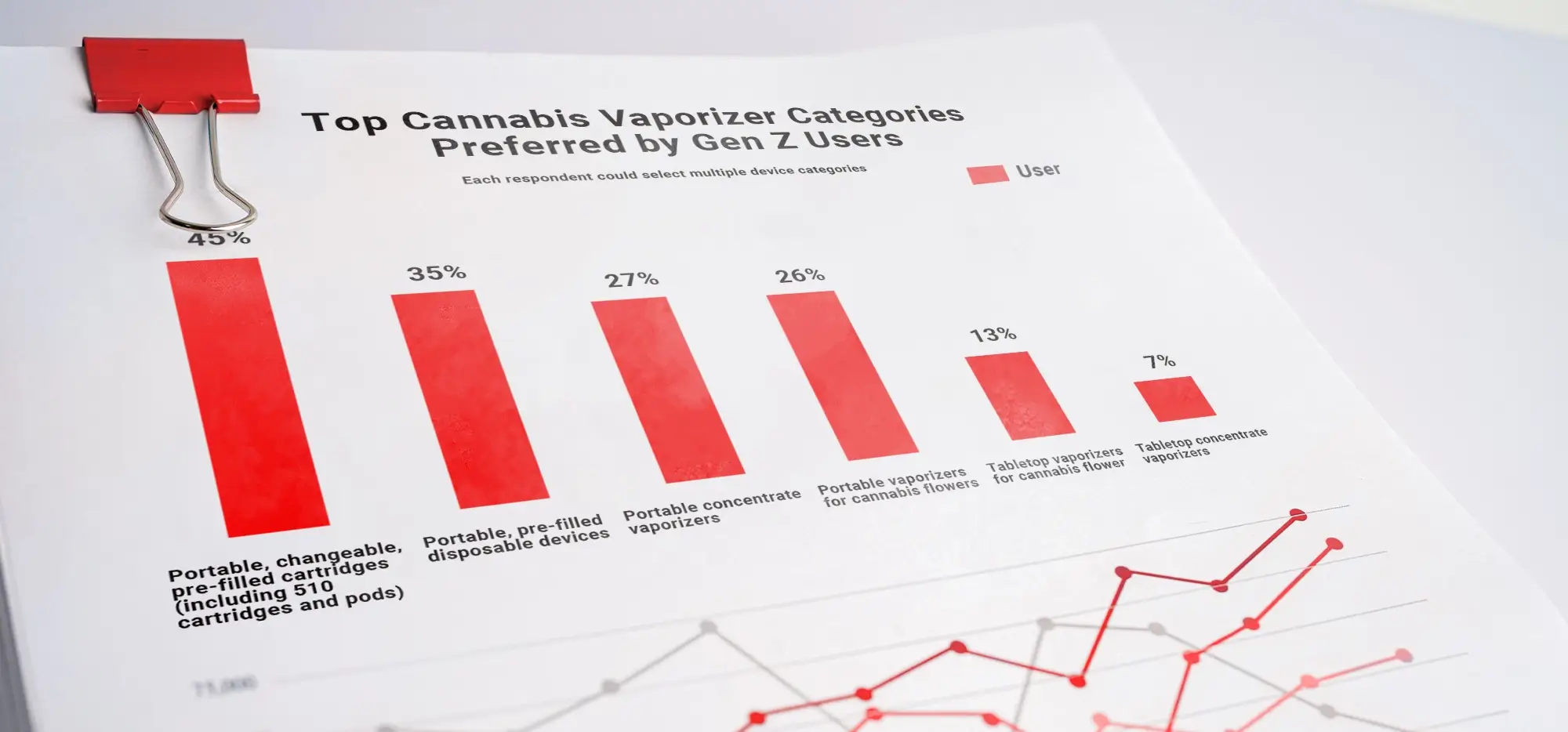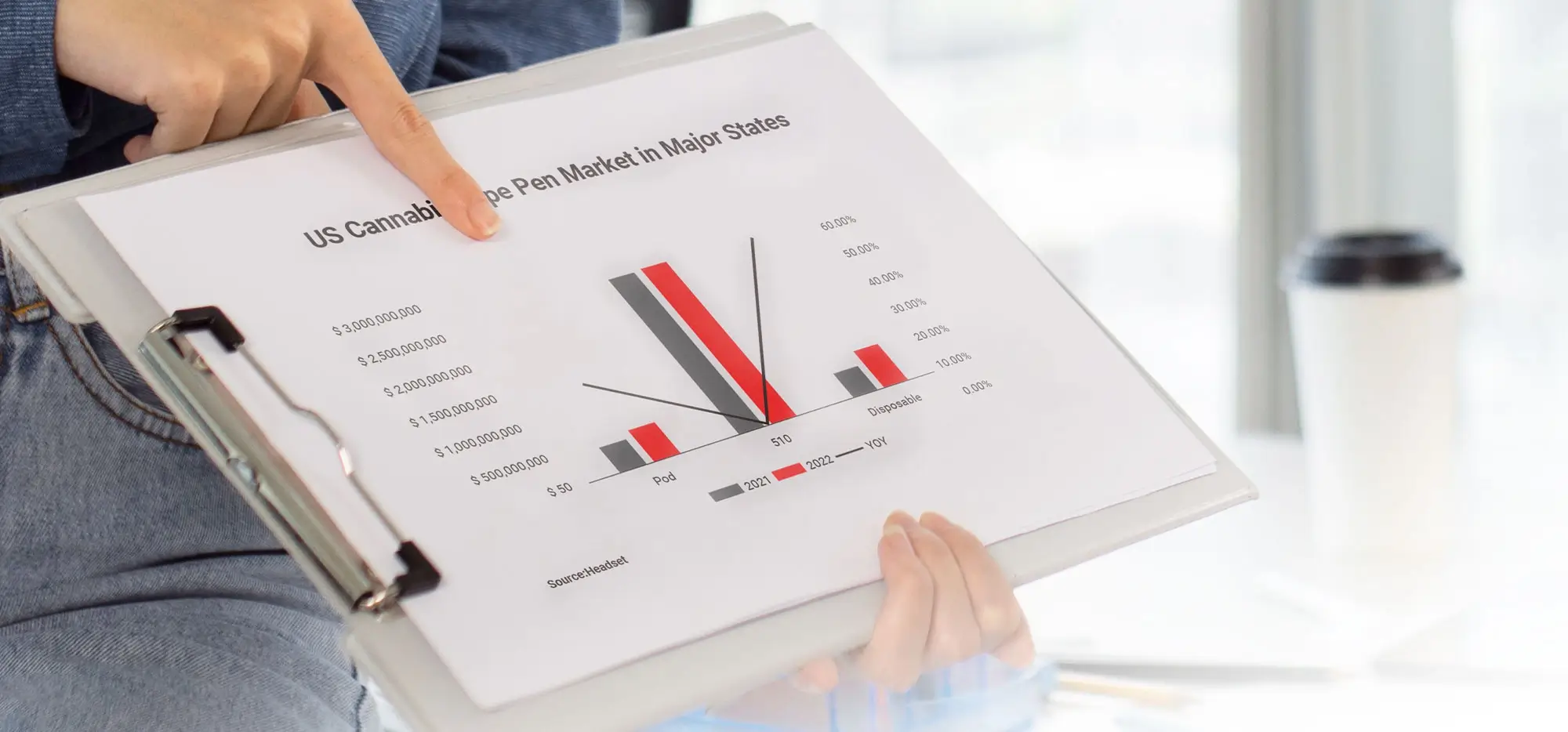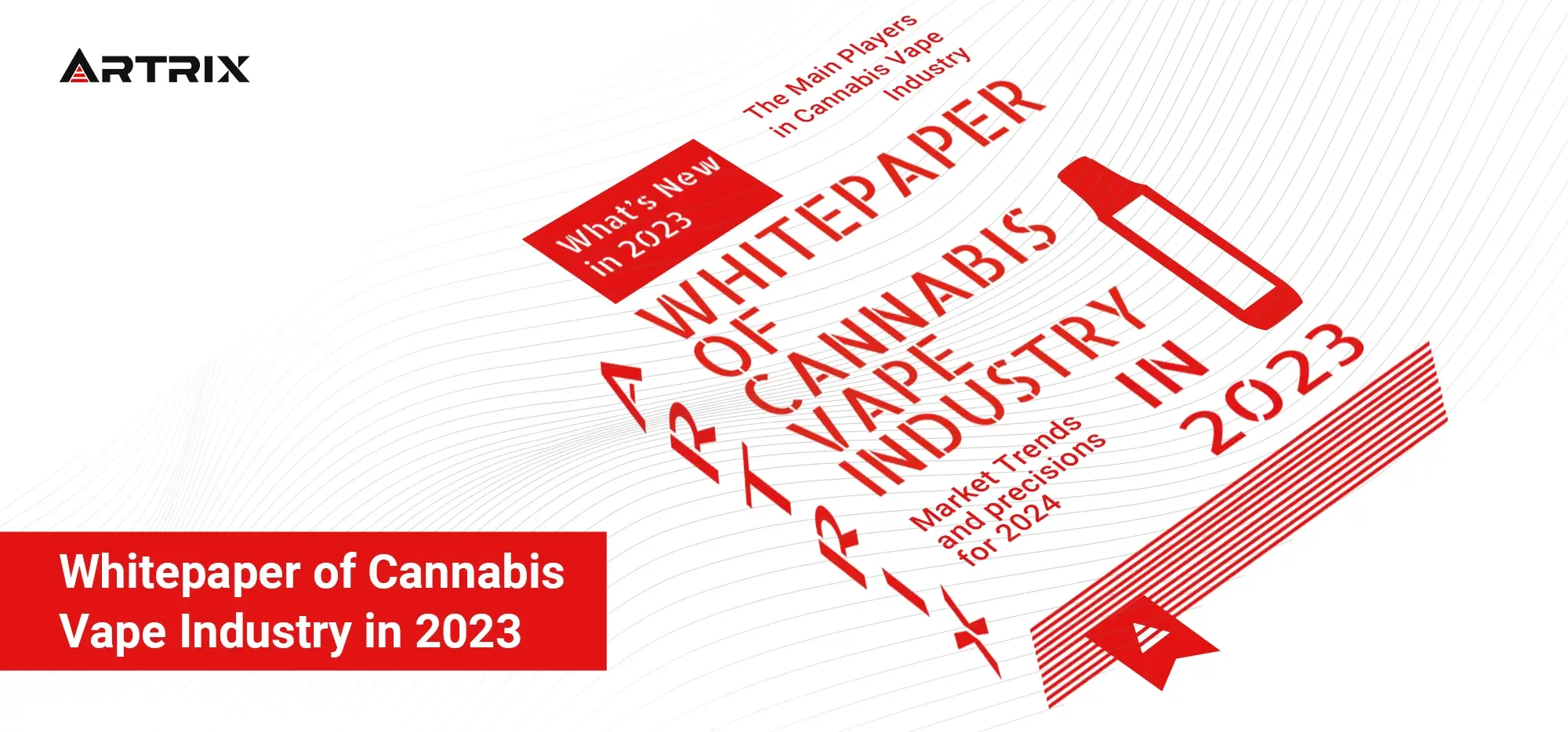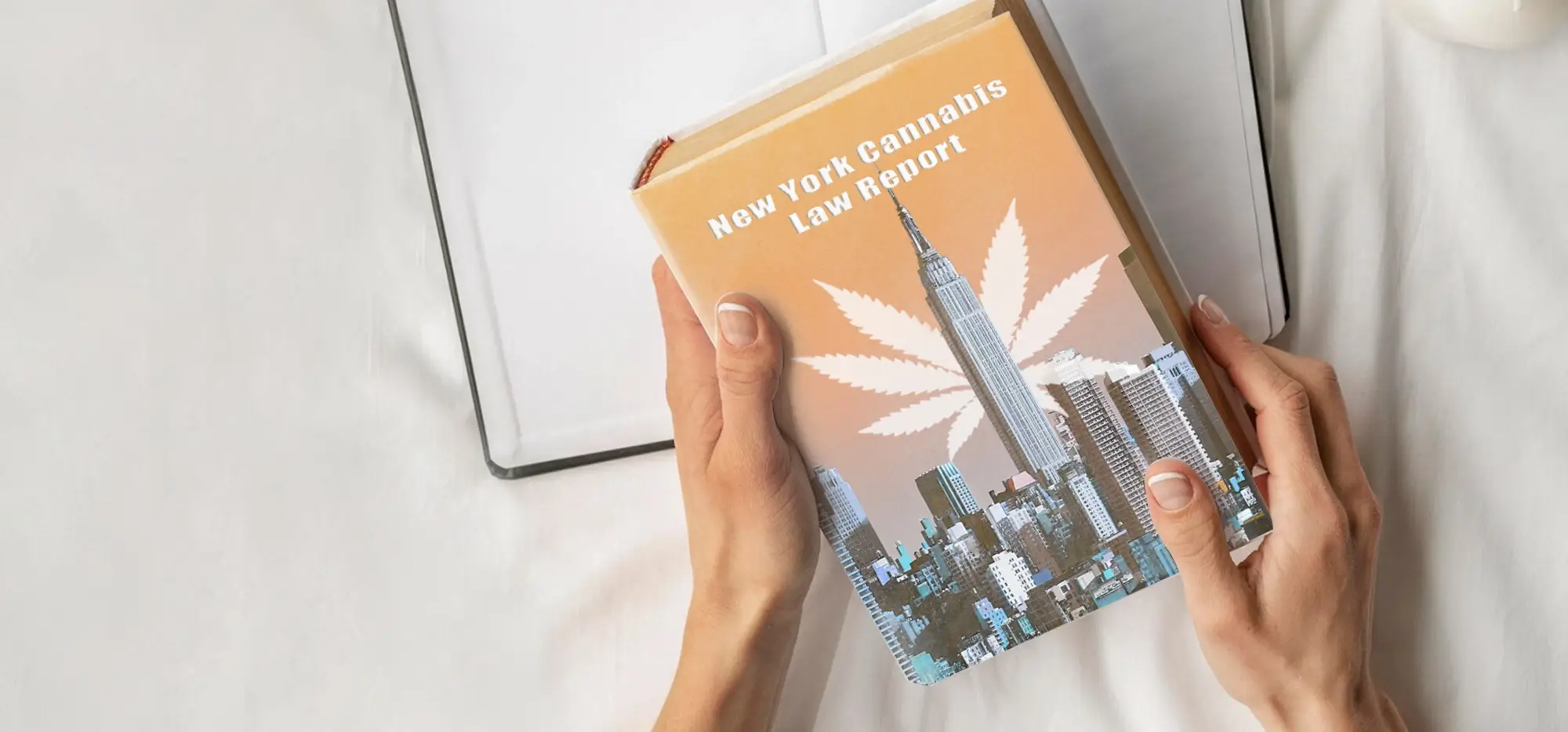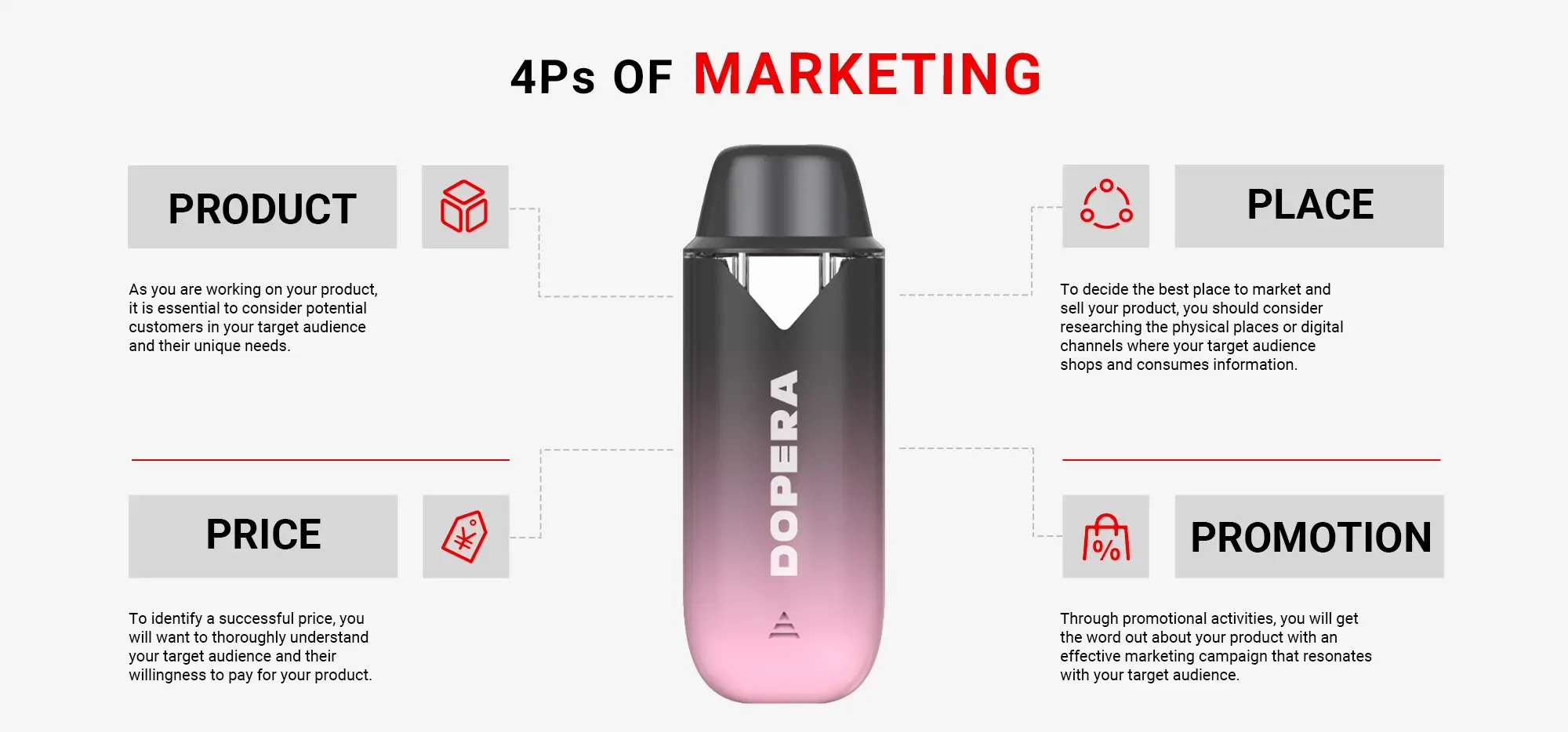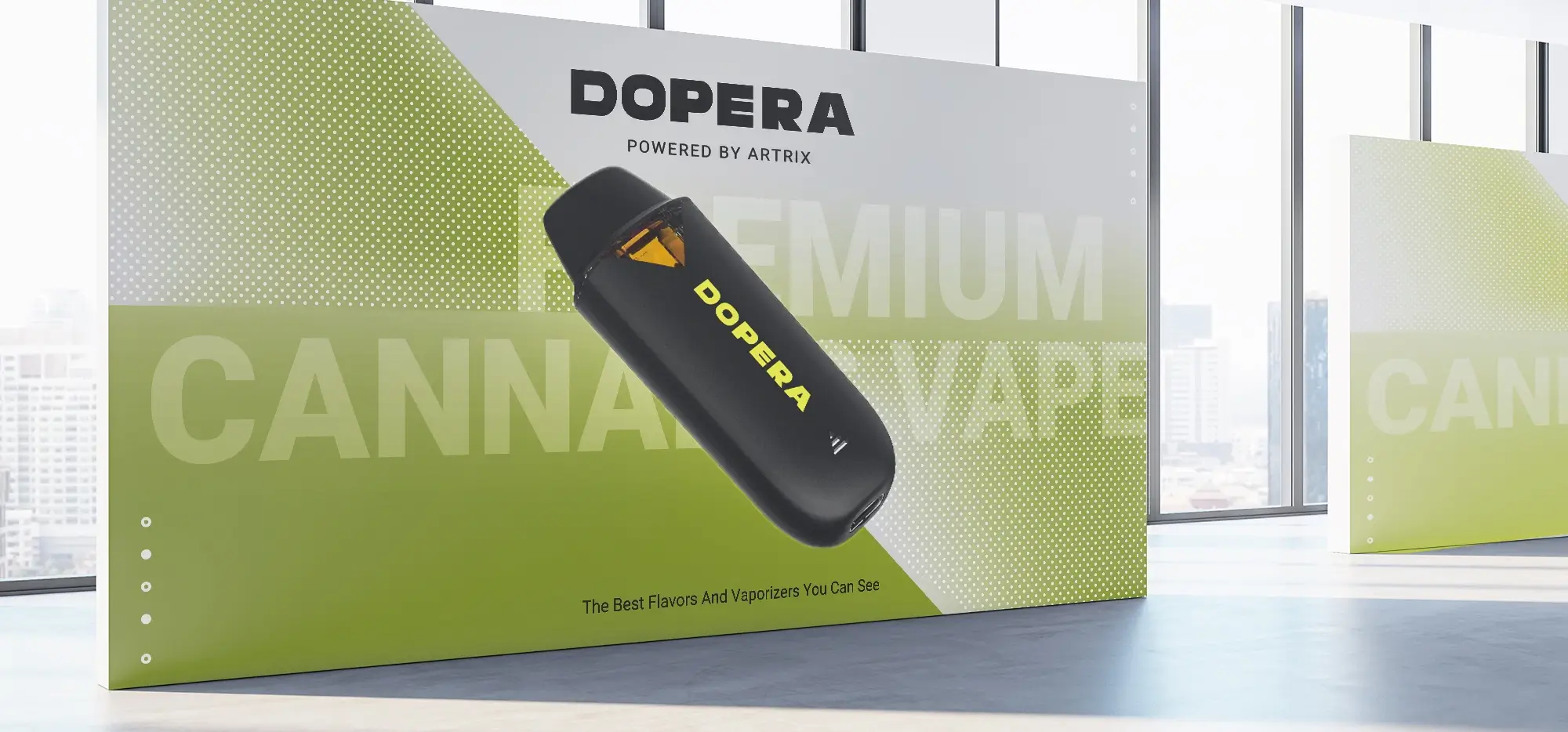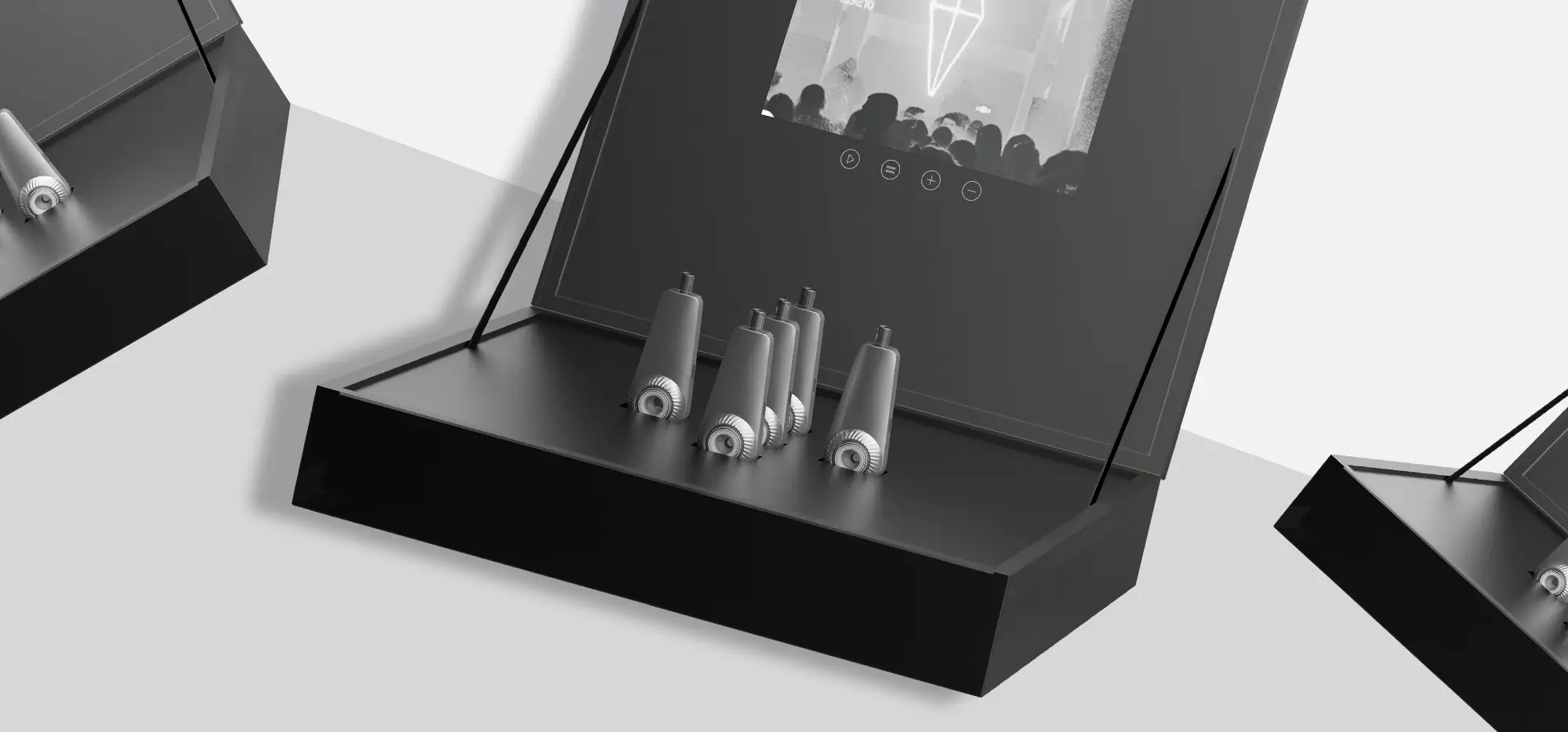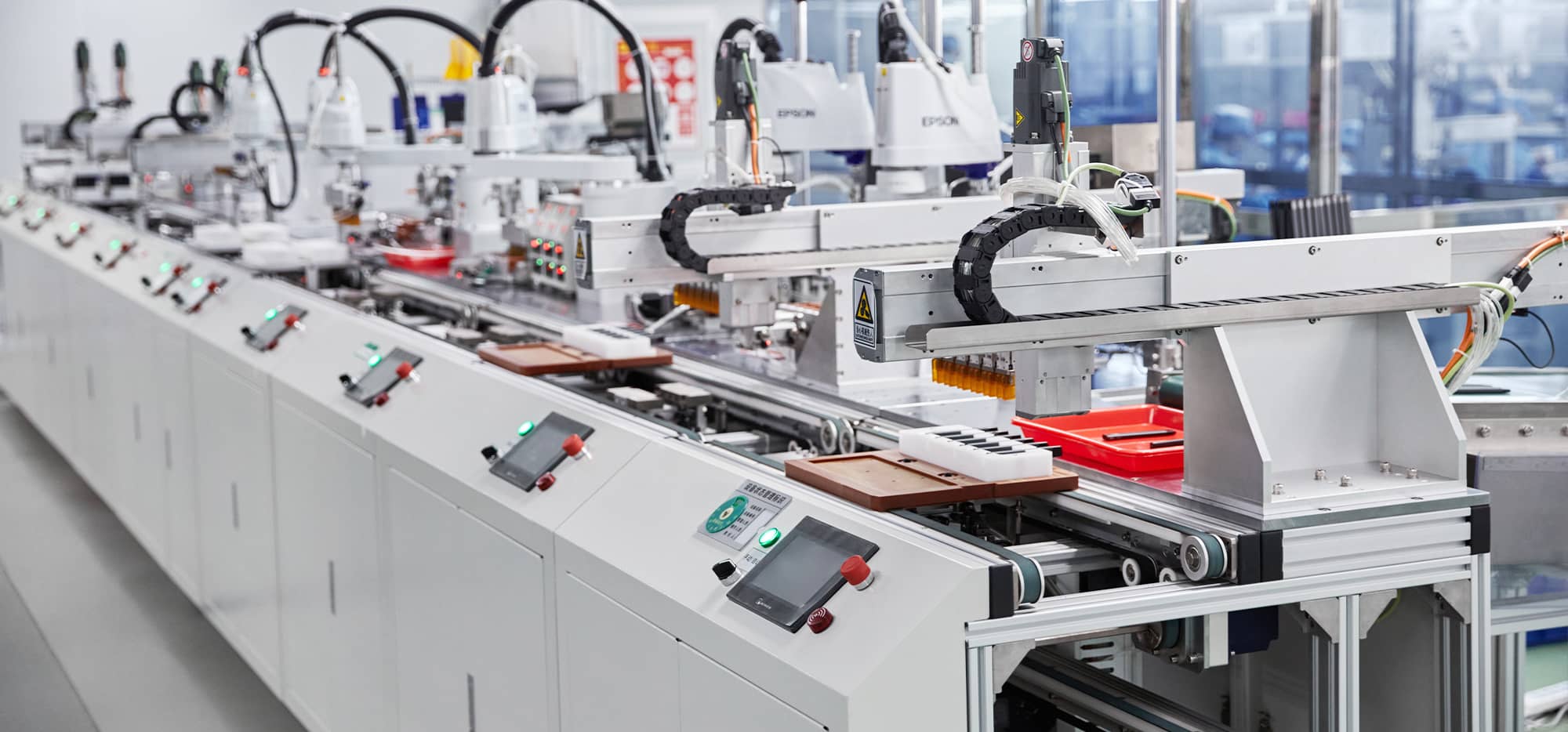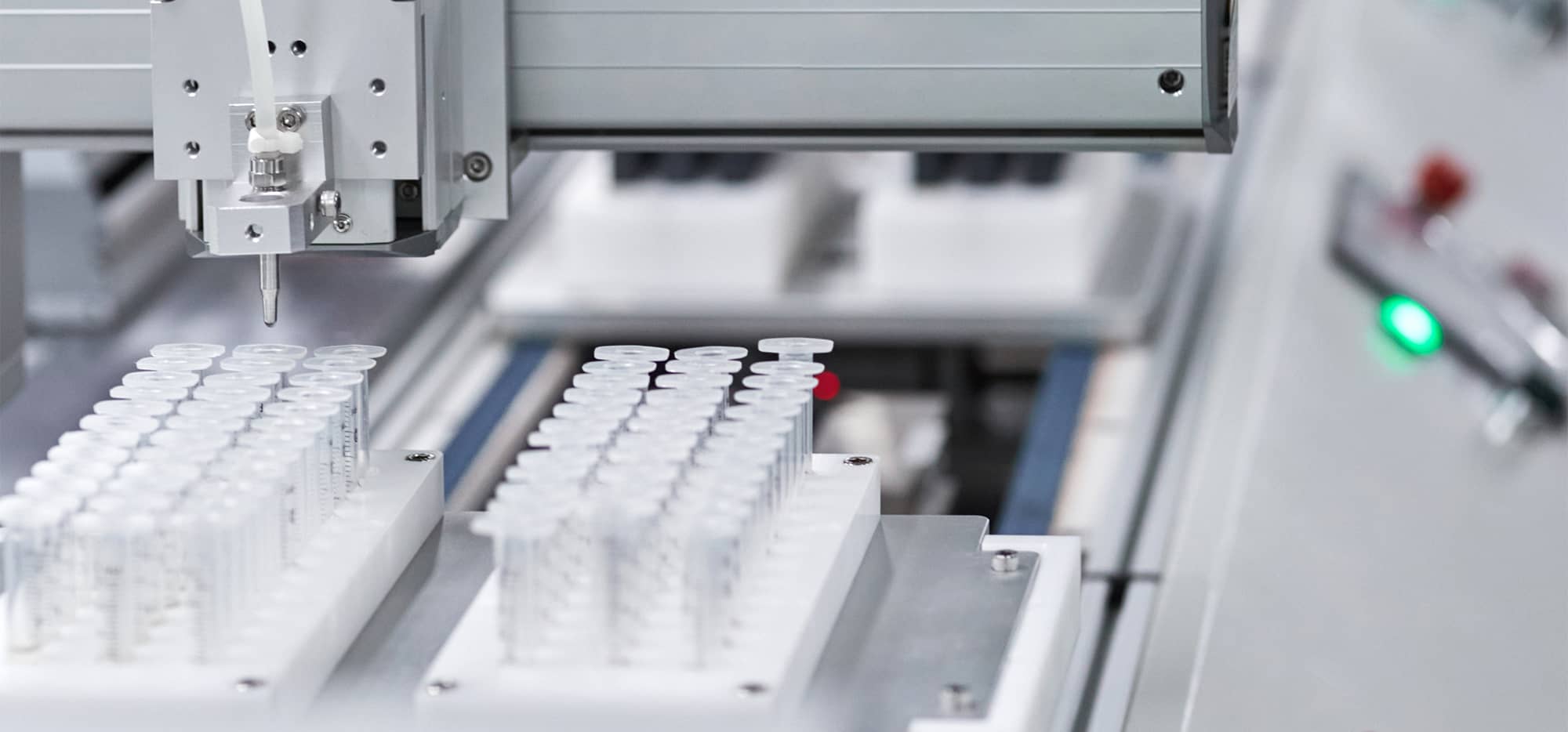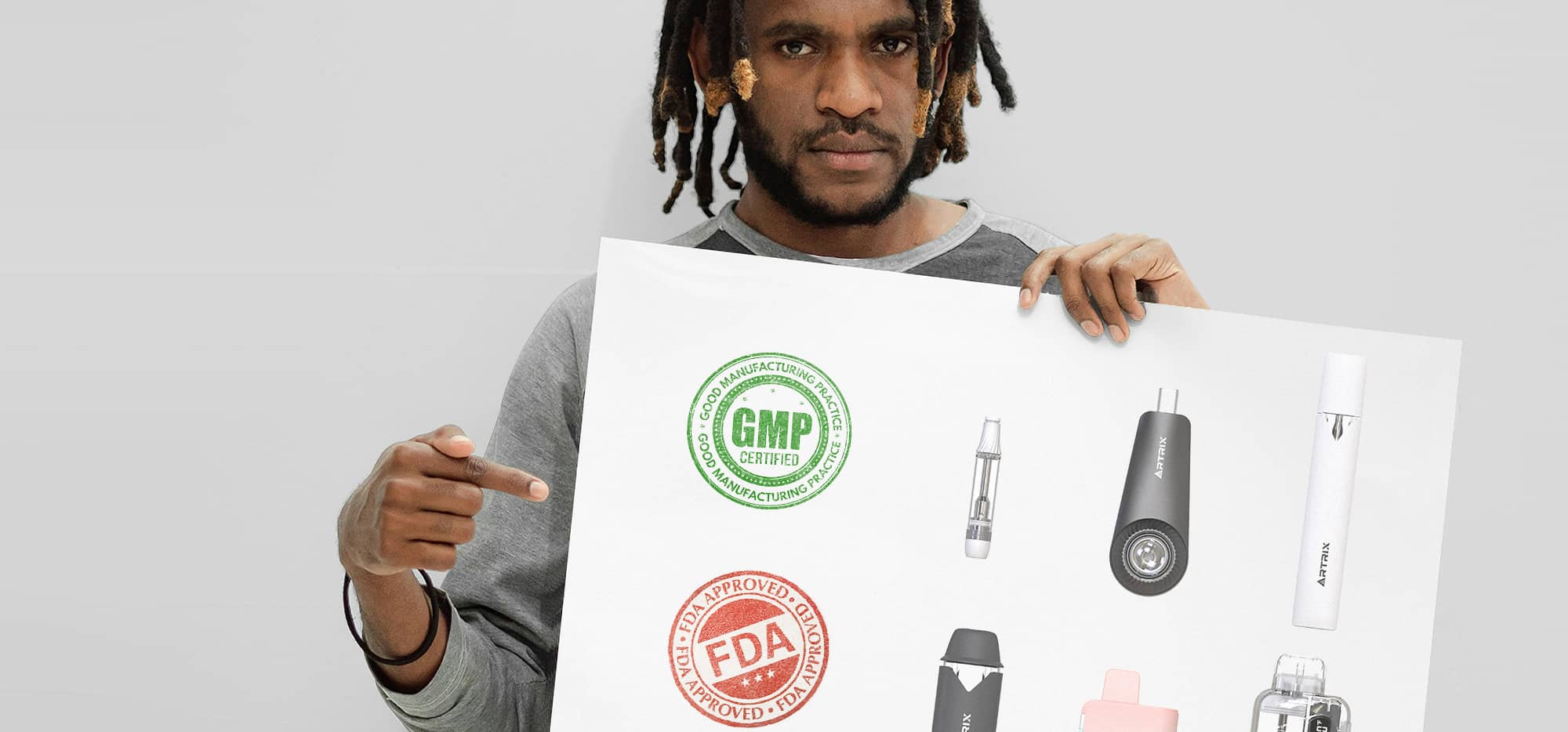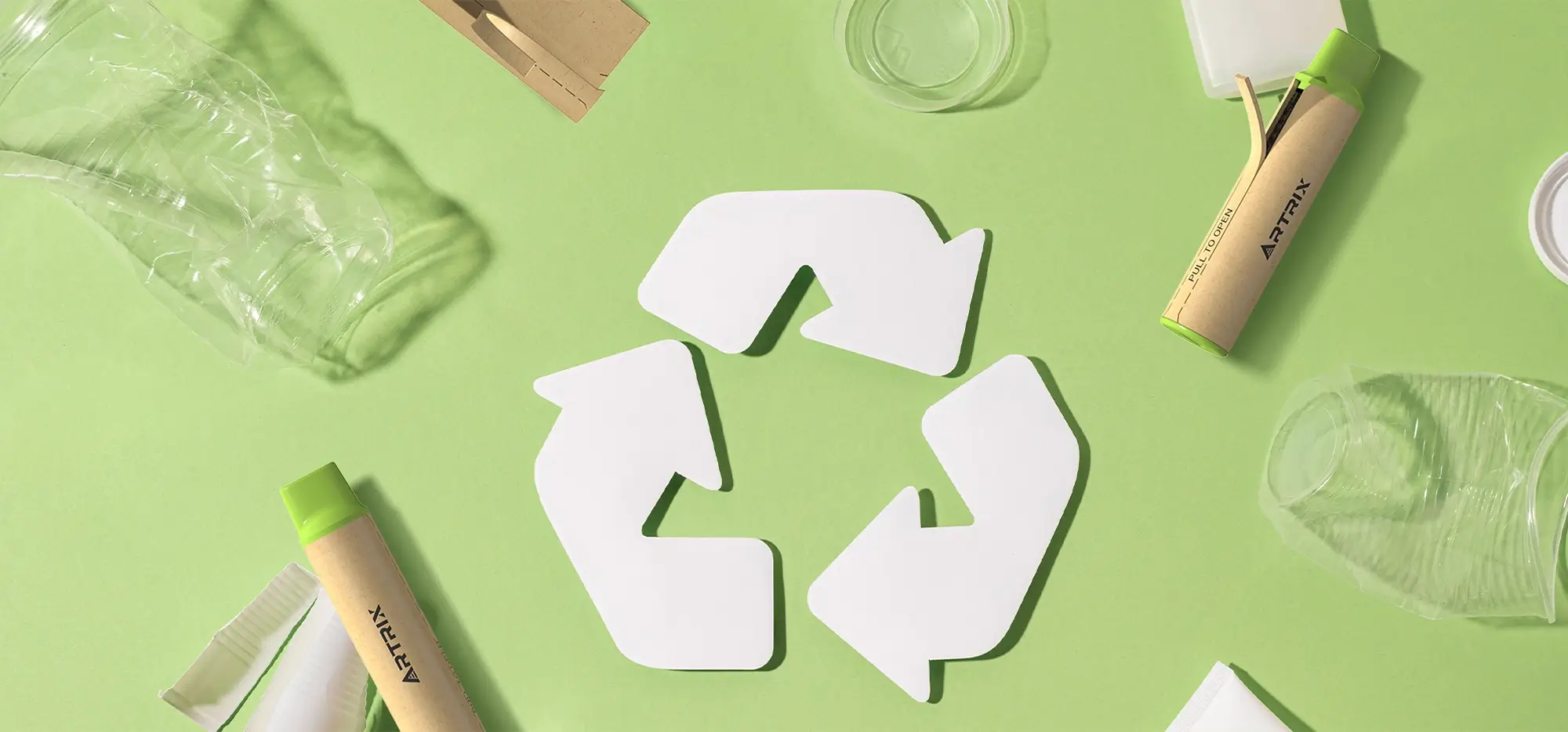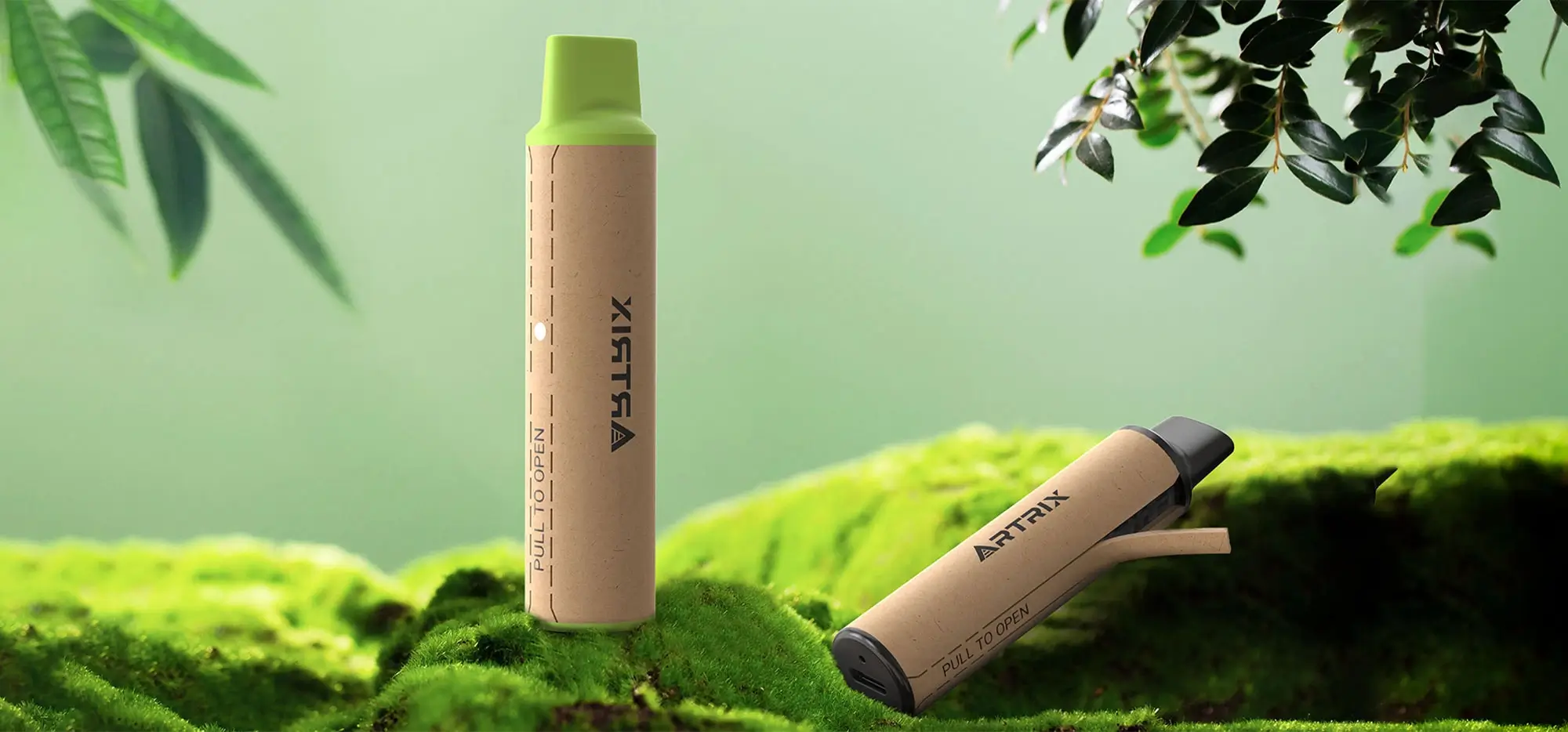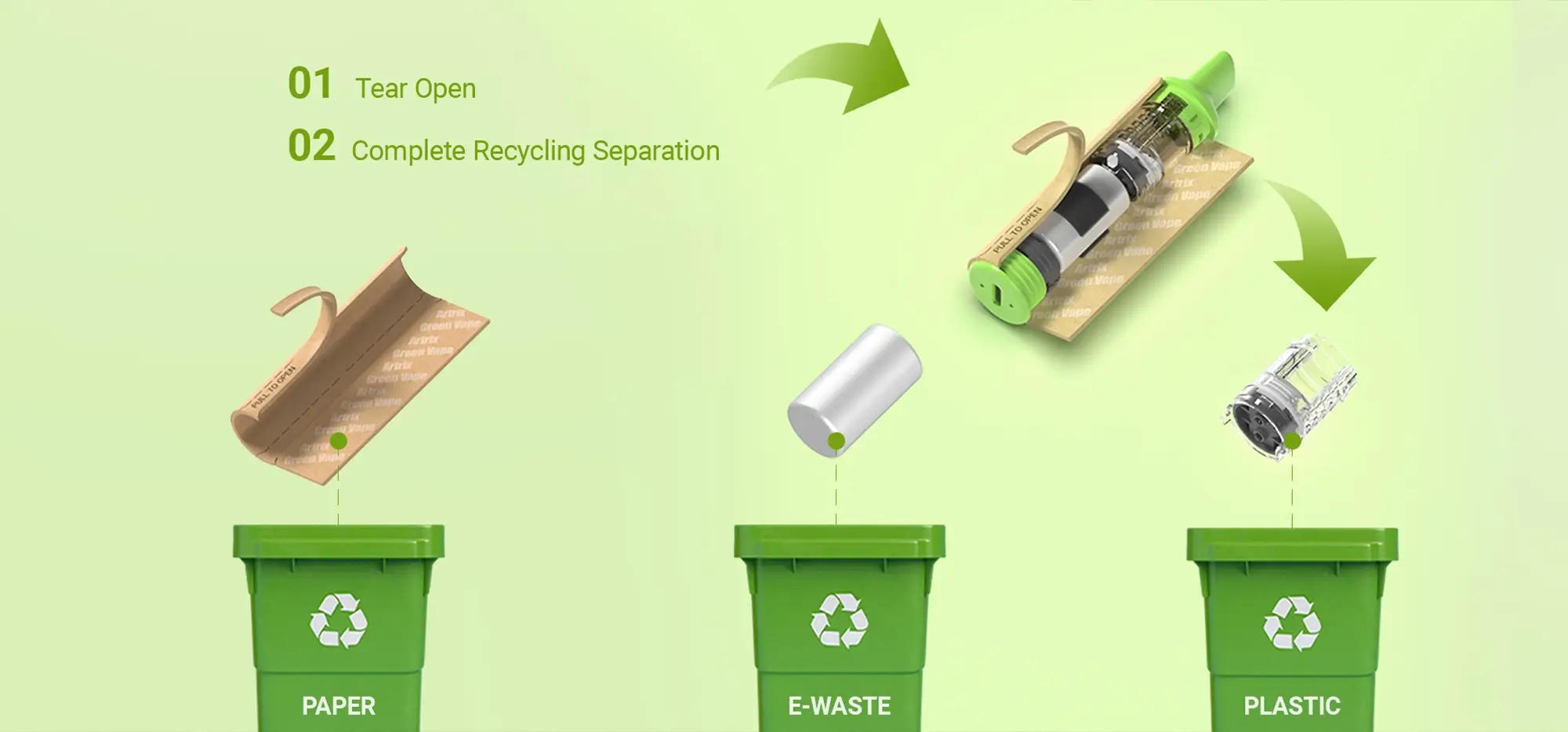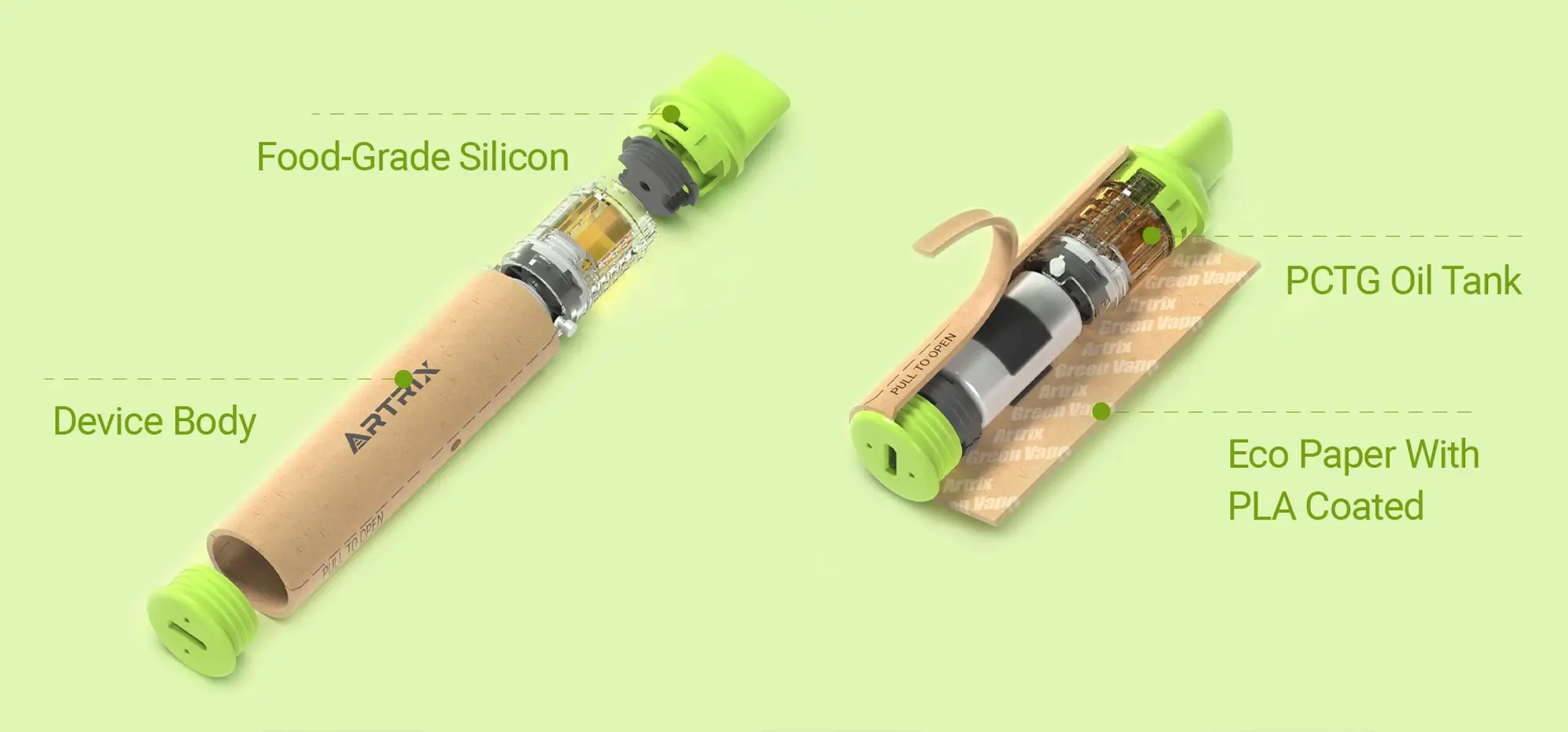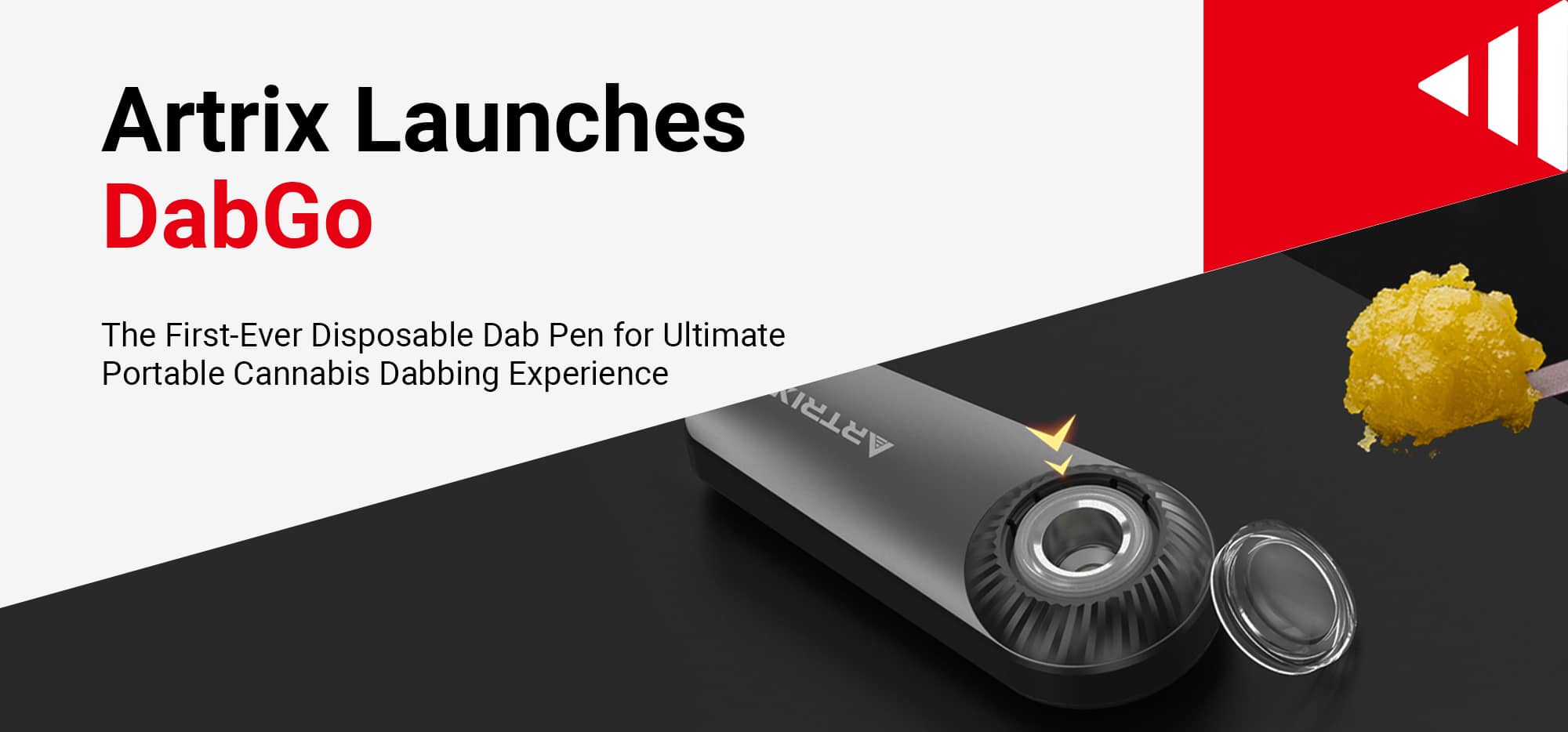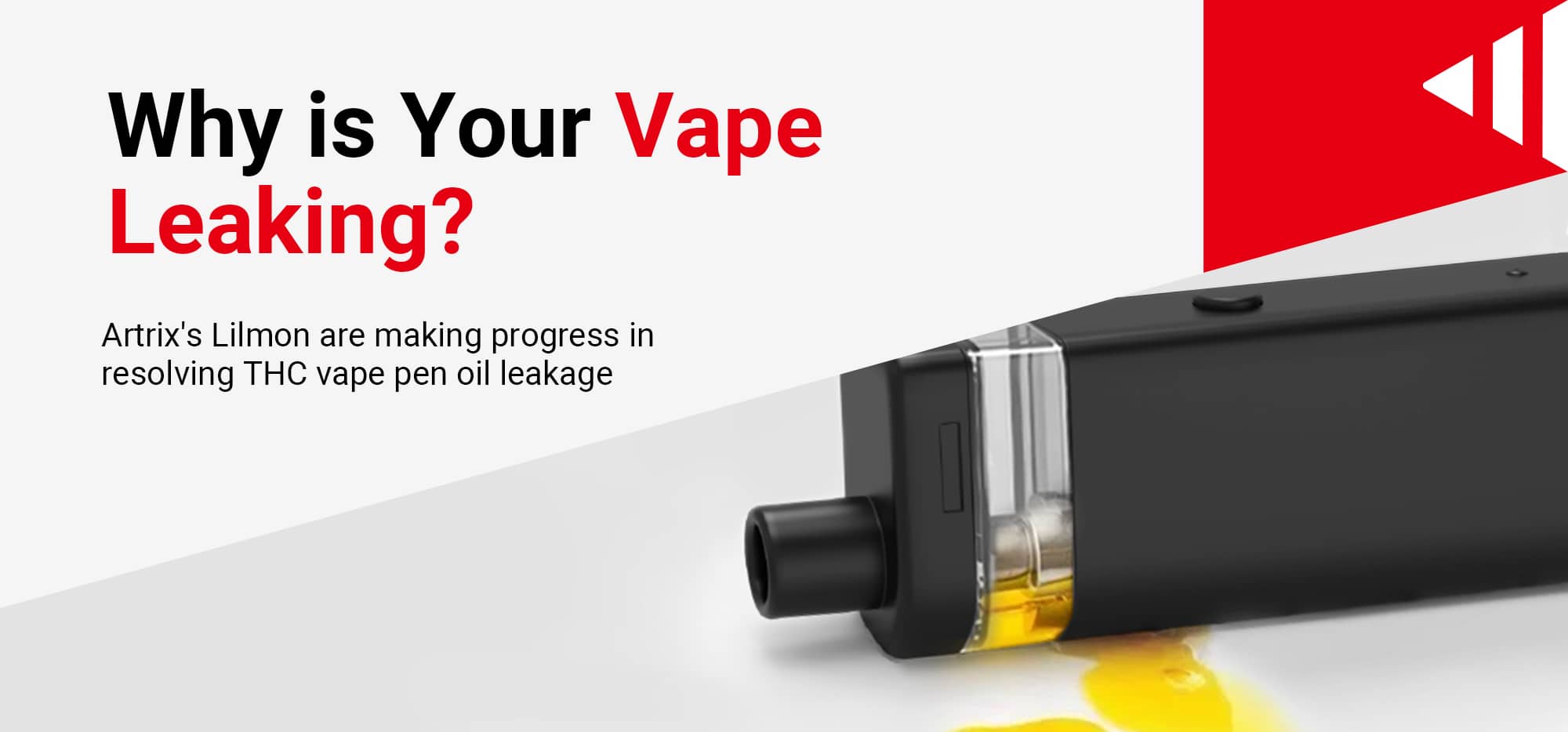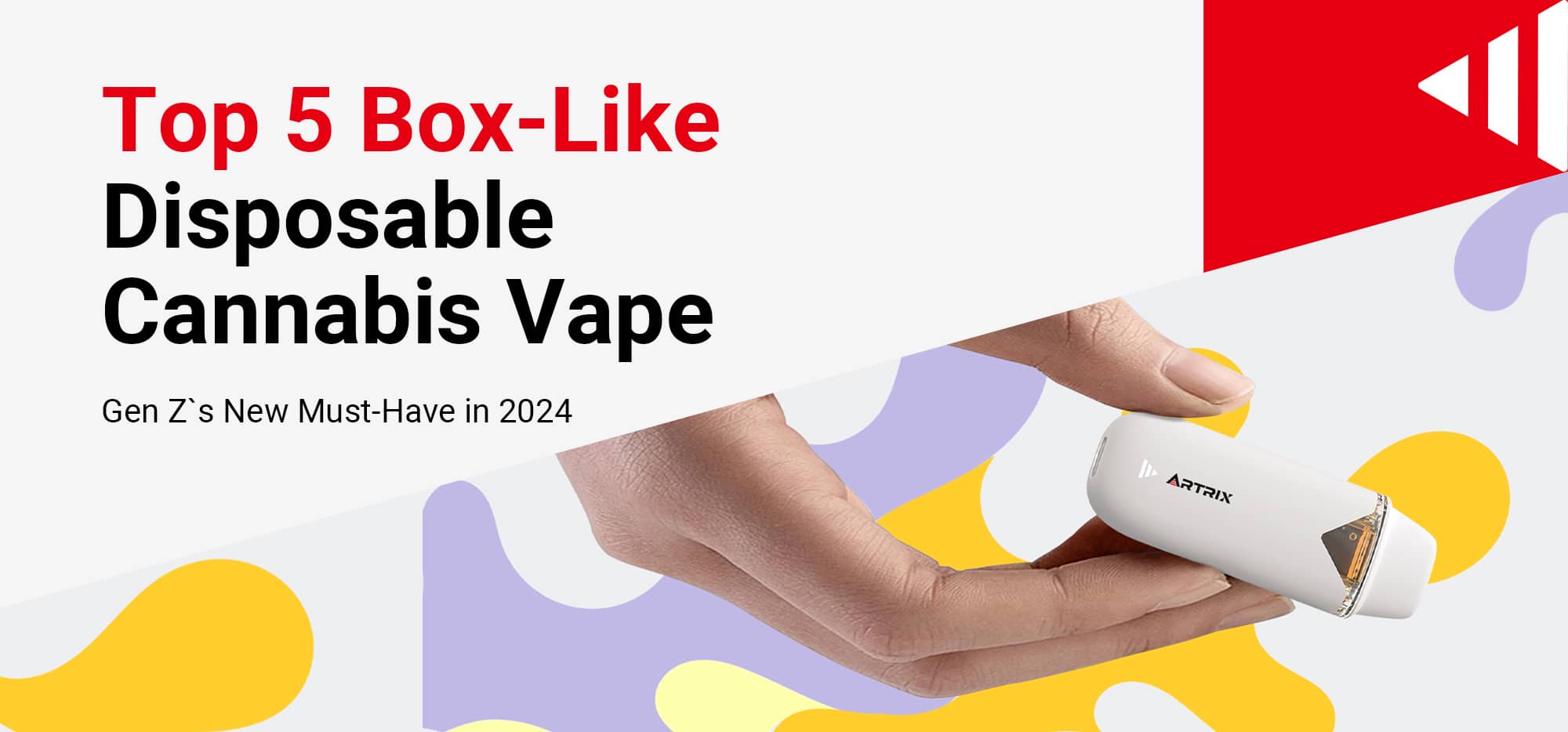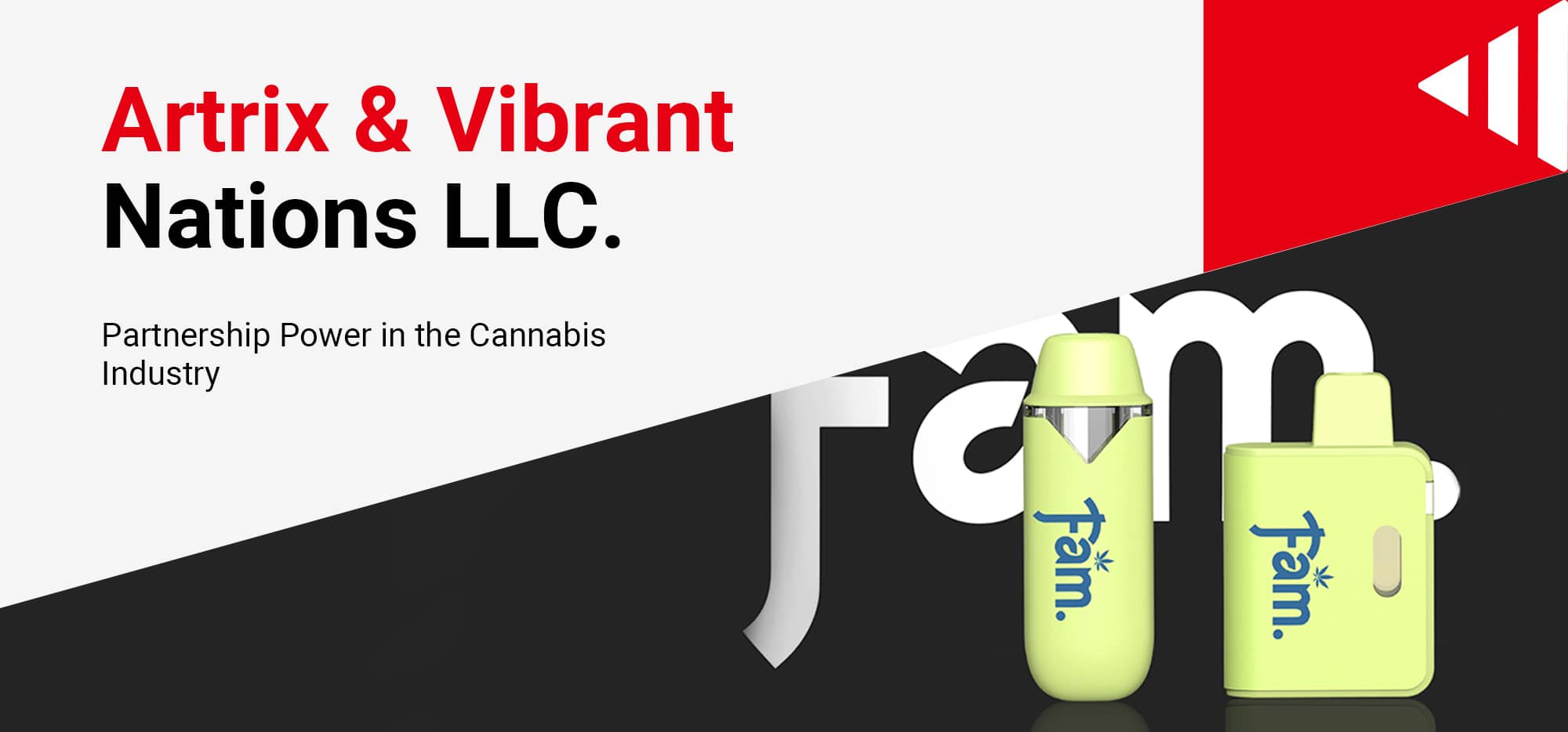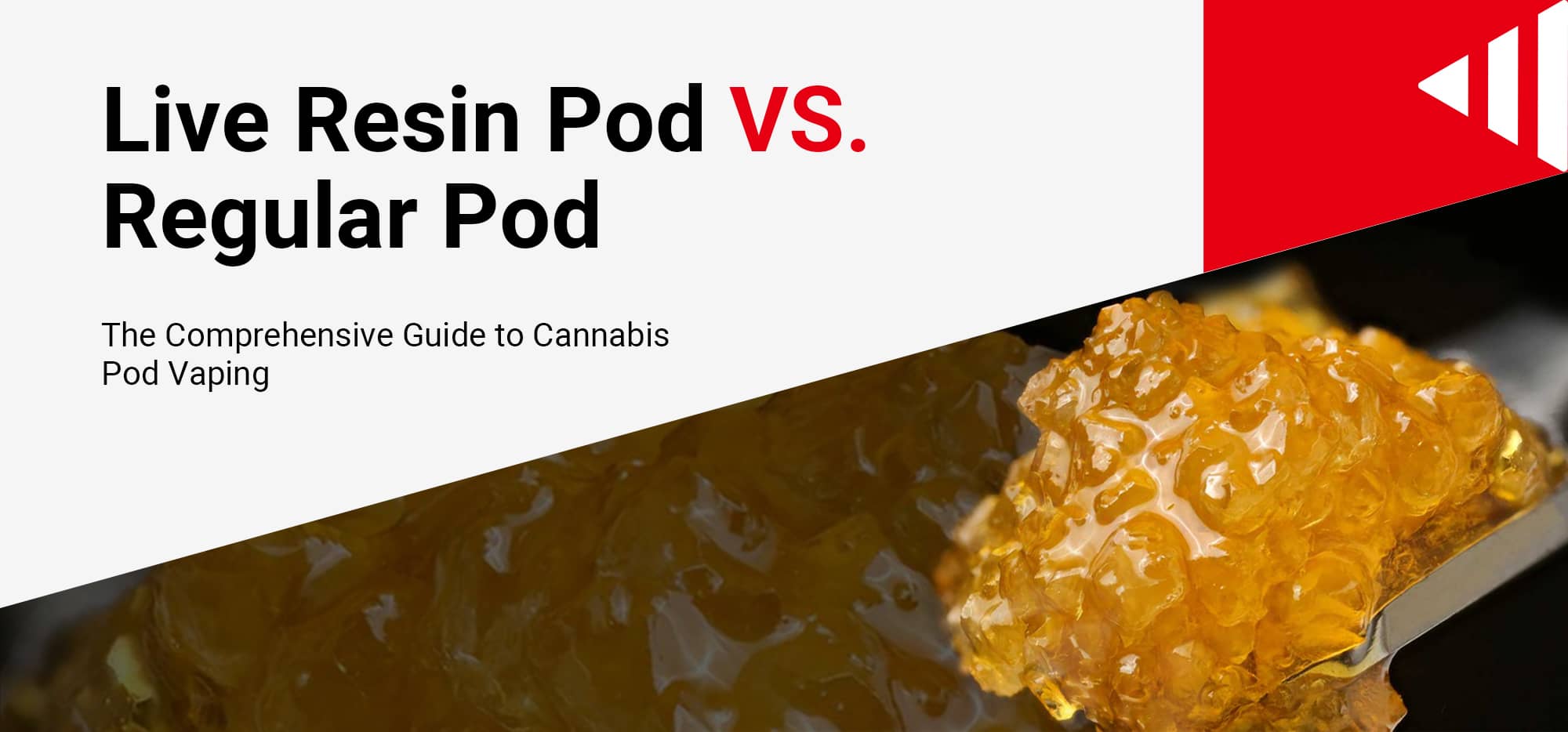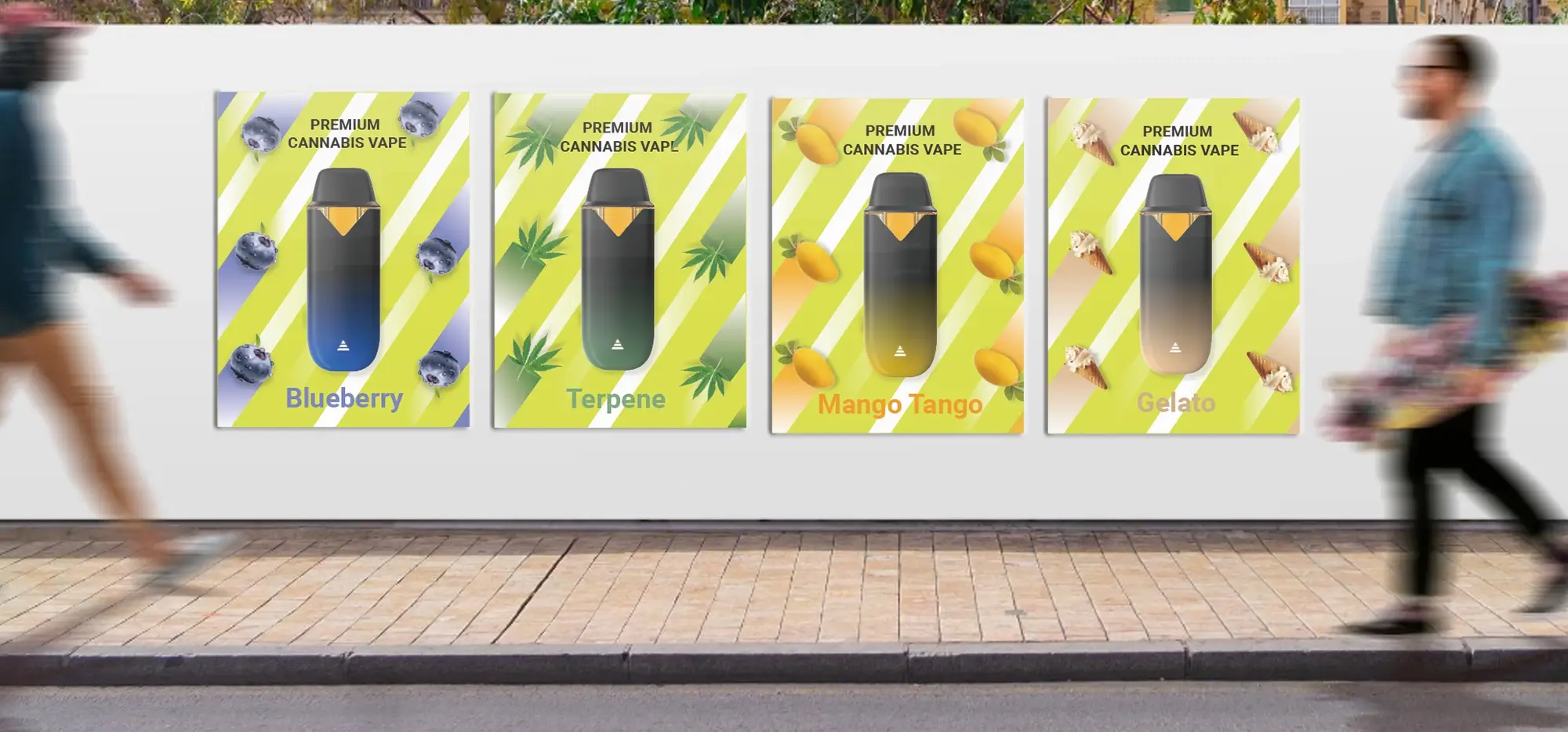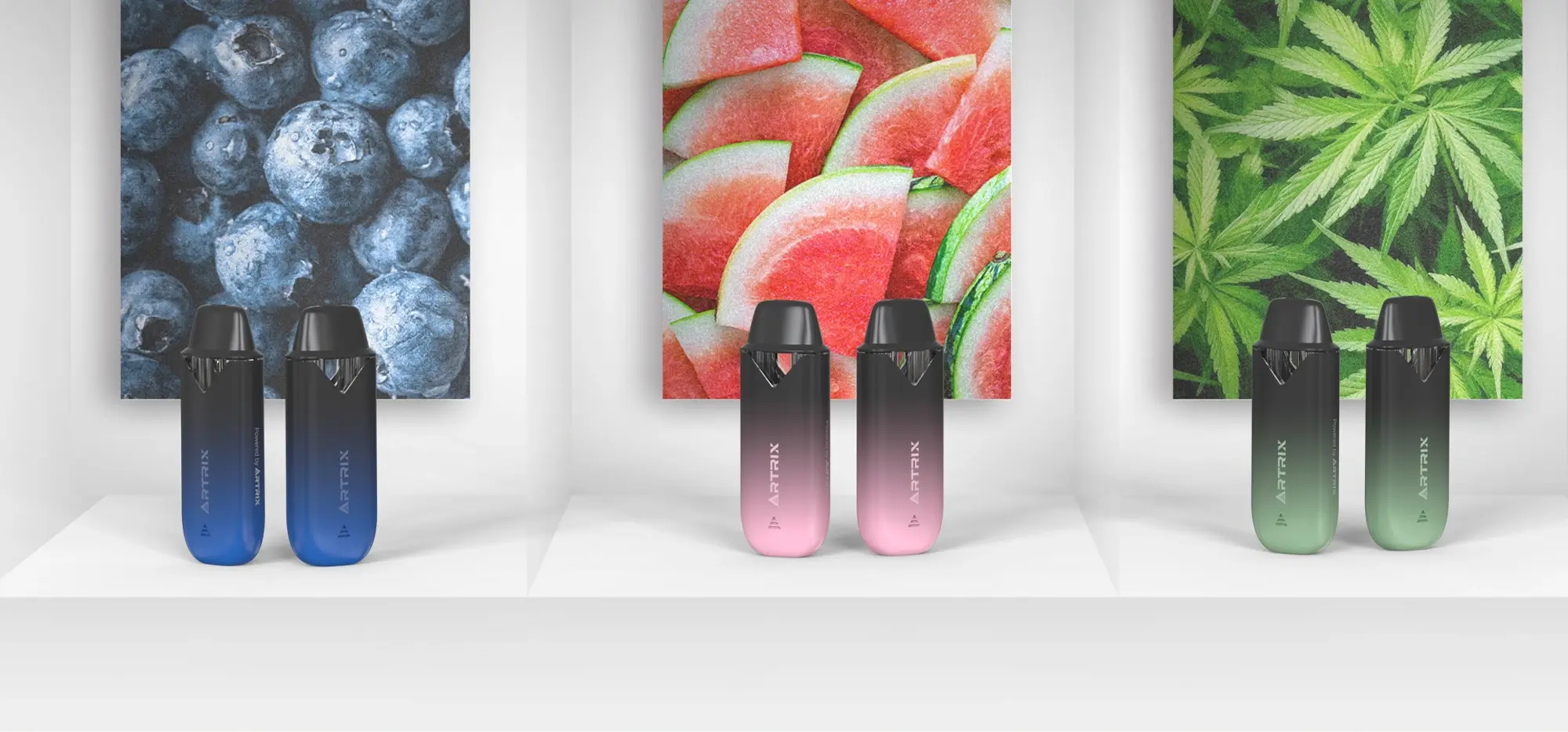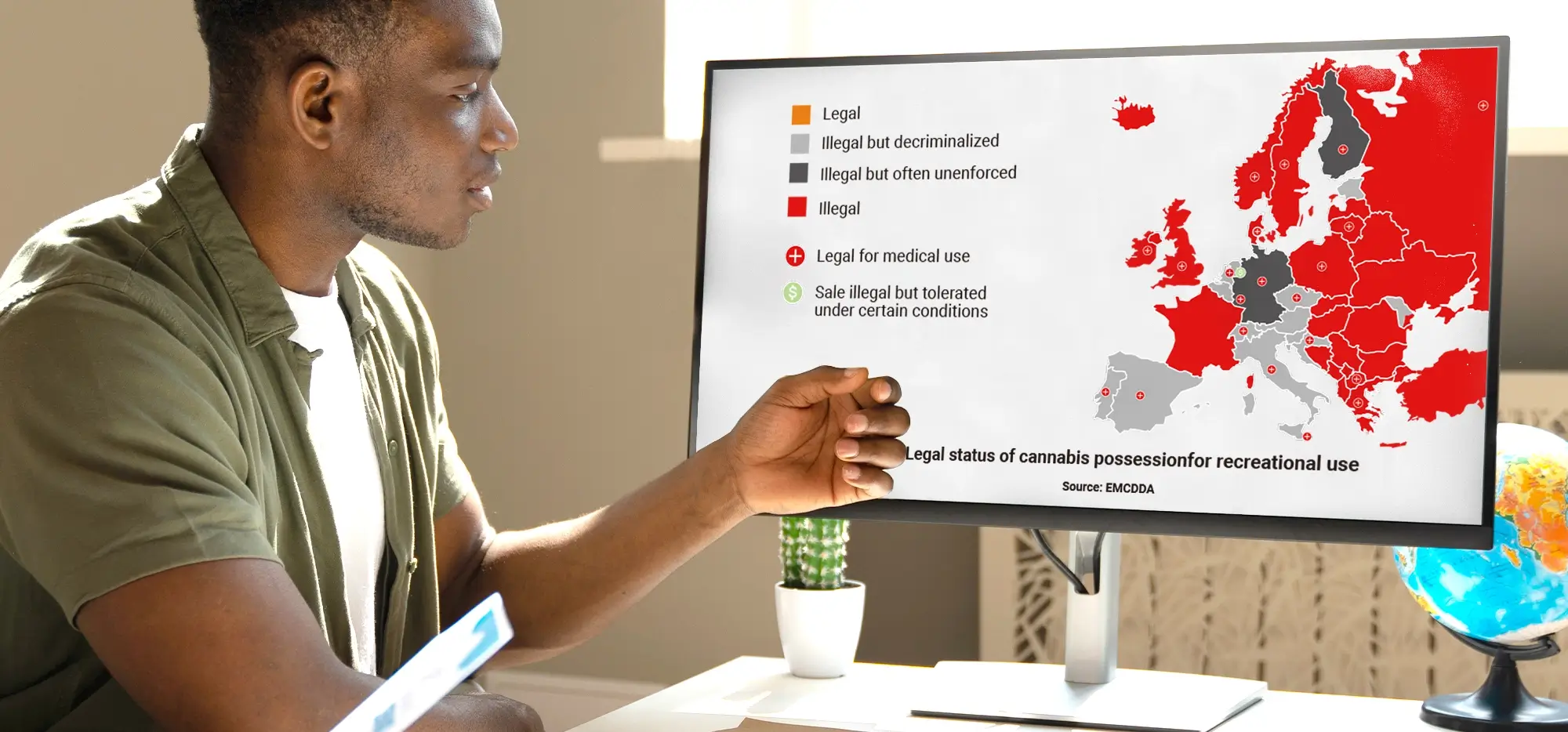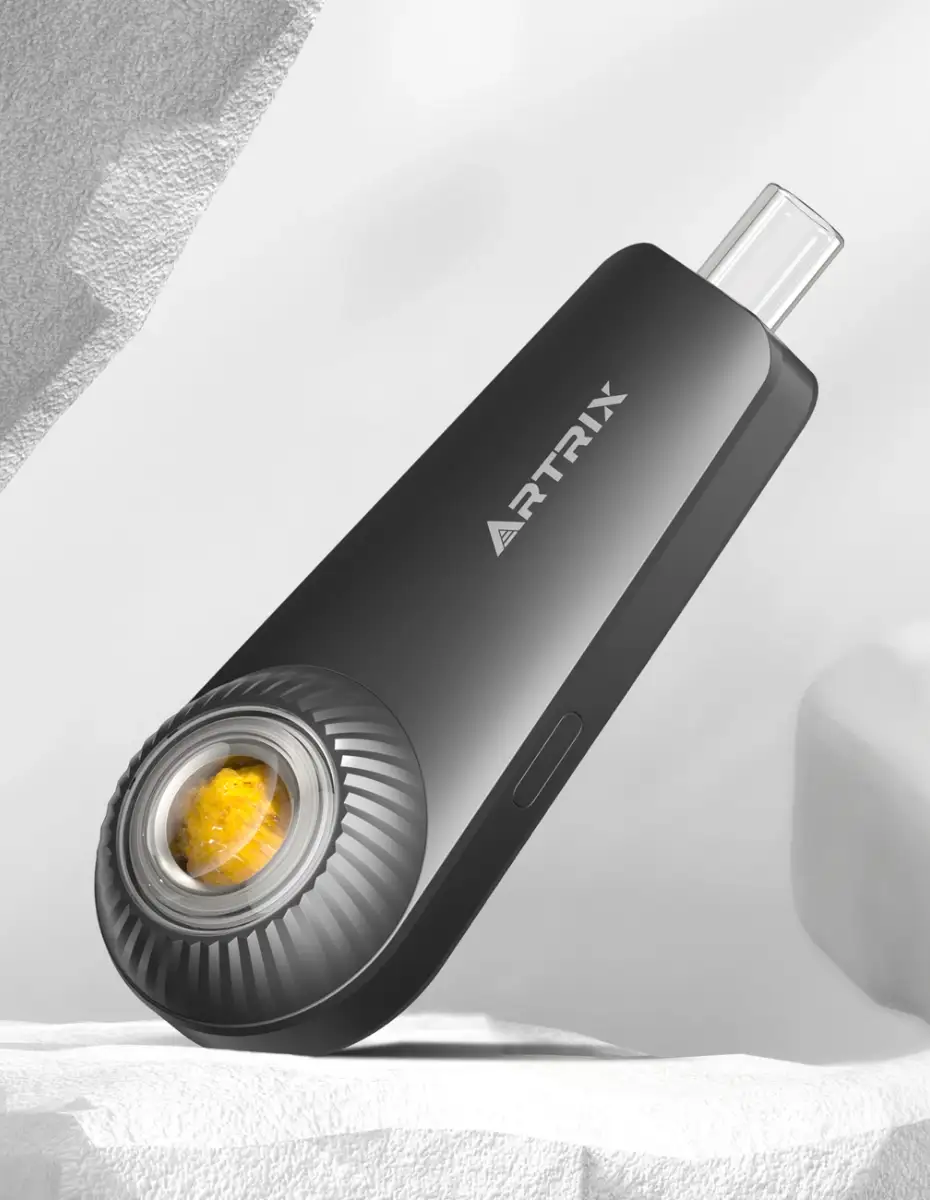5 Common CBD Vaping Mistakes
In the realm of CBD vaping, it’s all too easy to make mistakes that can impact both your experience and the product’s effectiveness. In this article, we’ll delve into five common pitfalls encountered by many users, equipping you with the knowledge to enhance your vaping journey and make informed choices.
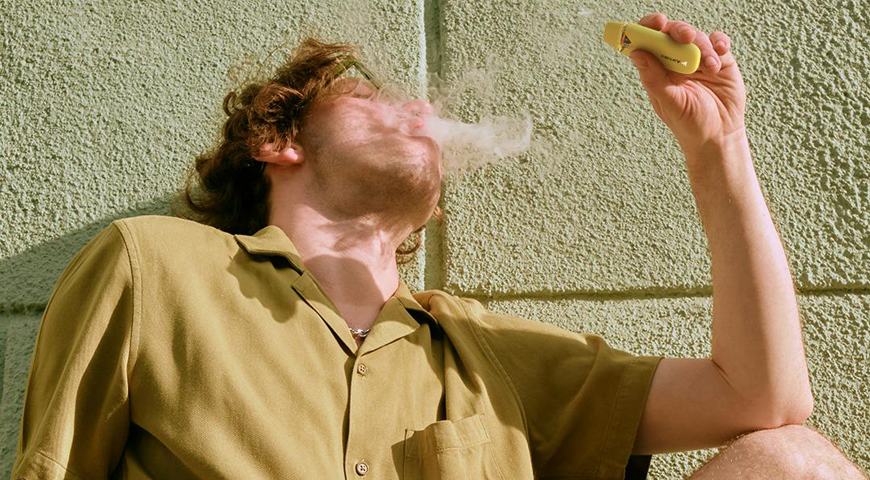
1. Ignoring CBD Concentration Levels
When purchasing CBD, concentration is crucial. For instance, a 10 ml bottle containing 250 milligrams of CBD has a concentration of 2.5%, while a 100 ml bottle with the same amount only offers 0.25% CBD. Don’t be tempted by larger bottles if the concentration isn’t right—always ensure you’re getting the appropriate level of CBD for your needs.
When you select a concentration that’s too low, you’ll likely experience no therapeutic benefits at all, leading to frustration and the misconception that CBD doesn’t work for you. Conversely, starting with concentrations that are too high for your body can cause uncomfortable side effects like excessive drowsiness during the day, dry mouth, lightheadedness, or digestive issues such as diarrhea or changes in appetite, which can be particularly problematic if you’re taking CBD for the first time and haven’t built up any tolerance.
2. Confusing Hemp Oil with CBD Oil
It’s important to understand that hemp oil and CBD oil are not the same. Hemp oil is often less expensive and contains significantly lower levels of CBD. When shopping, look for specific CBD content listed in milligrams on the label – legitimate CBD products will clearly state “CBD” or “cannabidiol” with exact amounts like “1000mg CBD” or “33mg per serving.” Hemp seed oil products, on the other hand, will list “hemp seed oil” or “cannabis sativa seed oil” in the ingredients without any mention of CBD content, and are typically sold in larger bottles at lower prices in the cooking oil or beauty sections. If you see a product labeled simply as “hemp oil” or “hemp extract” without specific CBD amounts listed, especially at suspiciously low prices, it’s likely just hemp seed oil being marketed in a misleading way. Always verify that the product has third-party lab results available and clearly states its CBD concentration to ensure you’re getting what you’re paying for.
3. Vaping CBD Oil
Never vape CBD oil, as they are not interchangeable.
CBD oil should be used sublingually by placing drops under your tongue and holding them there for 60-90 seconds before swallowing – this allows the CBD to absorb through the blood vessels under your tongue directly into your bloodstream, bypassing the digestive system for better absorption than simply swallowing it immediately.
CBD vape liquids, on the other hand, are specifically formulated with thinning agents like propylene glycol (PG) or vegetable glycerin (VG) that allow them to vaporize safely at lower temperatures – these should only be used in proper vaping devices designed for e-liquids, starting with small puffs to gauge your body’s response since vaping provides almost immediate effects that peak within 15-30 minutes.
The beauty of vaping CBD liquid is its rapid onset for acute symptoms like anxiety attacks or sudden pain flares, while sublingual oil provides longer-lasting effects that build up in your system over time, making it ideal for chronic conditions.
4. Mixing Nicotine with CBD
Adding nicotine to CBD vape liquid significantly undermines CBD’s therapeutic benefits. Nicotine actively degrades CBD molecules, reducing their potency and effectiveness. Beyond the chemical degradation, nicotine’s stimulant properties directly counteract CBD’s calming effects, creating opposing actions in your body that cancel each other out. If you’re using CBD for anxiety, pain relief, or relaxation, nicotine will work against these benefits while potentially increasing anxiety and tension. Always choose pure CBD vape liquids without nicotine additives. Should you encounter pre-mixed CBD-nicotine products in stores, skip them entirely – they’re typically lower quality and won’t deliver the CBD benefits you’re seeking.
5. Using the Wrong Vaping Device
CBD liquids tend to be more fluid, which means using a large tank with a big coil can result in leaks and messes. Instead, opt for low-wattage pod systems specifically suited for thinner liquids – these typically feature tighter airflow, smaller coil openings, and operate at 10-15 watts, perfect for CBD’s viscosity. Pod systems offer additional advantages including discrete size, easy maintenance, and precise temperature control that preserves CBD’s beneficial compounds without burning them. The right device not only prevents waste and mess but also ensures proper vaporization temperature (around 160-180°C) that maximizes CBD absorption without creating harmful byproducts from overheating.
FAQs
What’s the difference between hemp oil and CBD oil?
Hemp oil is derived from hemp seeds and contains low levels of CBD, while CBD oil is extracted from the flowers and leaves of the cannabis plant, offering higher concentrations of CBD.
Can I vape CBD oil?
No, only vape CBD liquids specifically designed for that purpose. CBD oil is not suitable for vaporization.
Is it safe to mix nicotine with CBD?
No, mixing nicotine with CBD can reduce the effectiveness of the CBD, so it’s best to keep them separate.
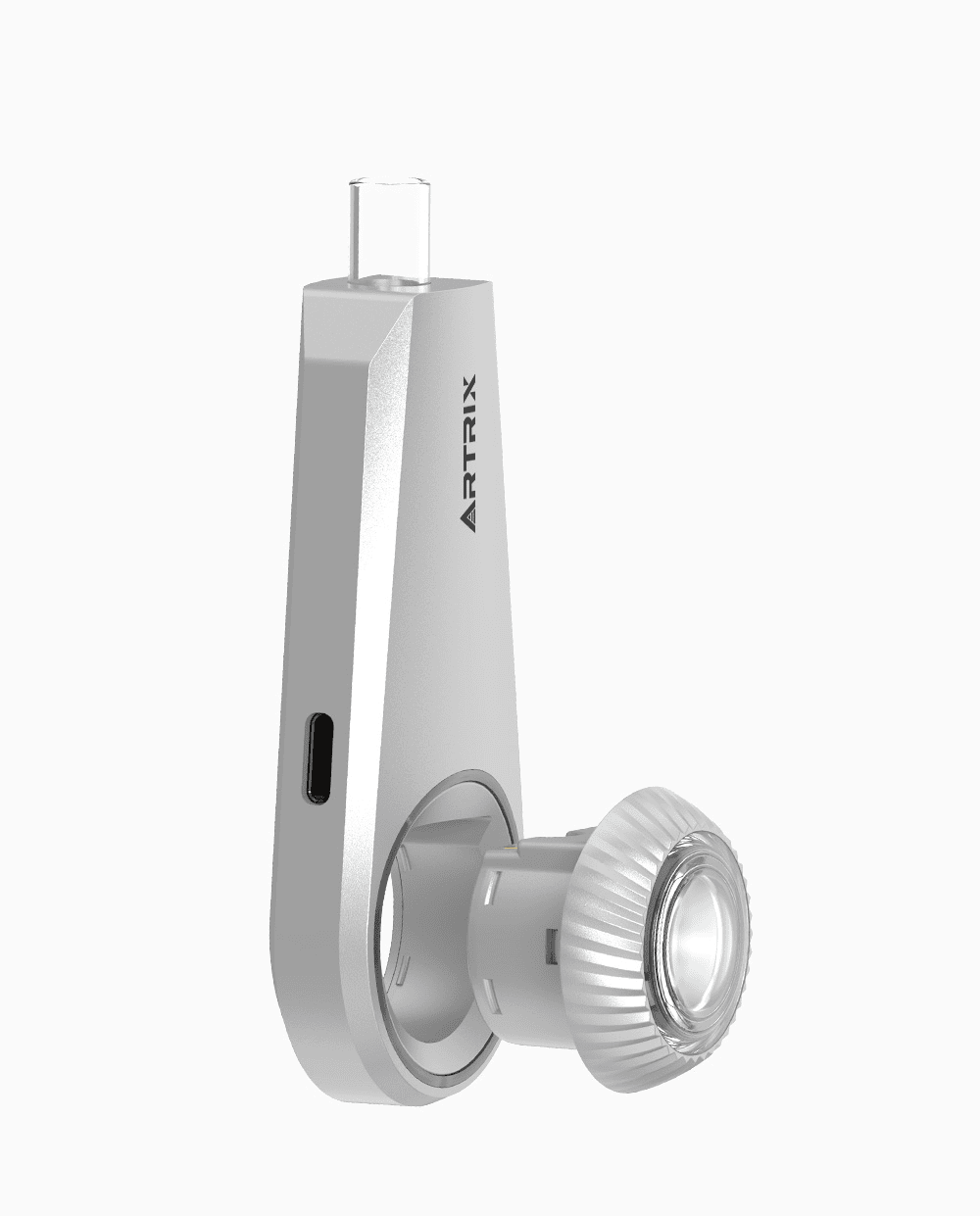
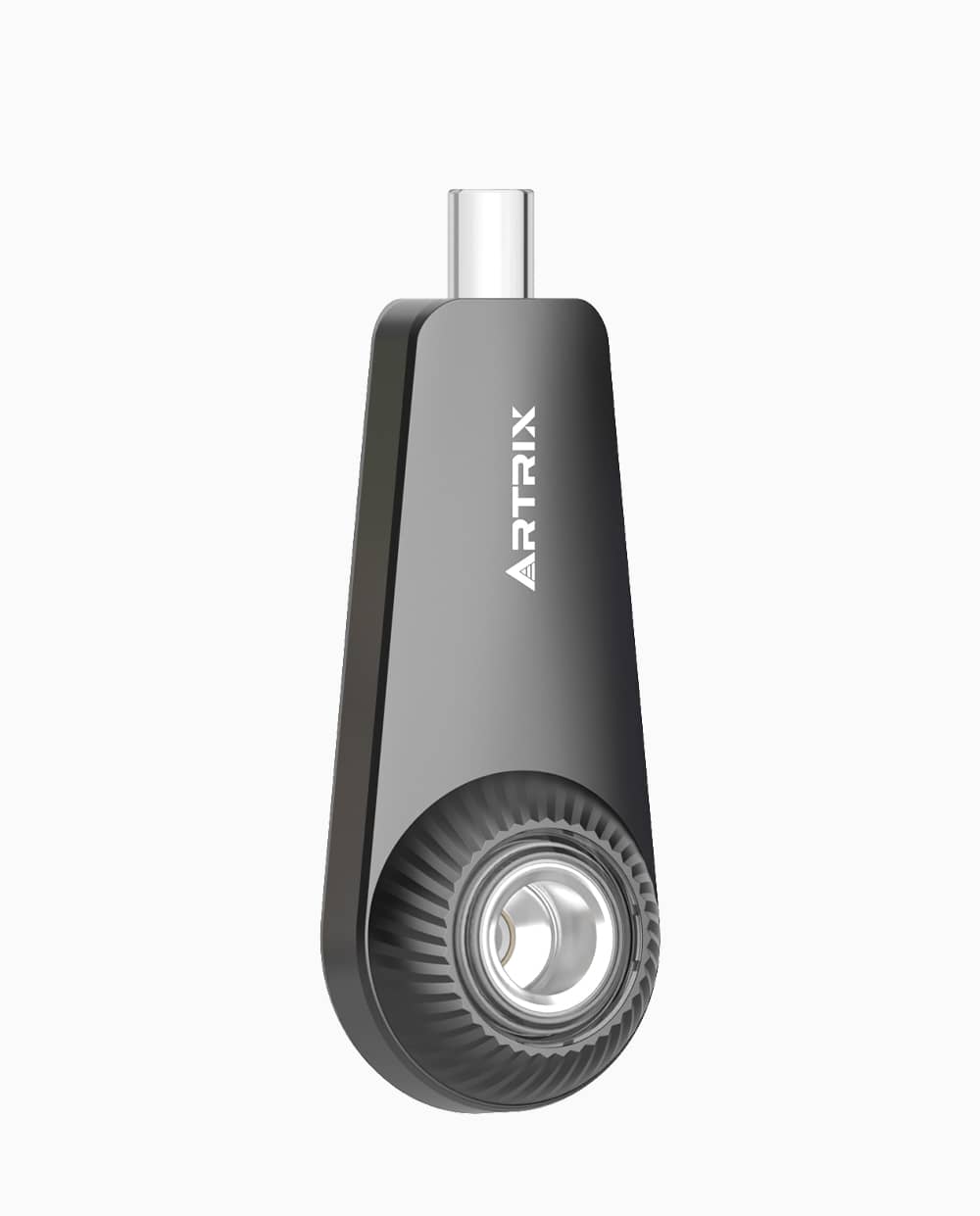
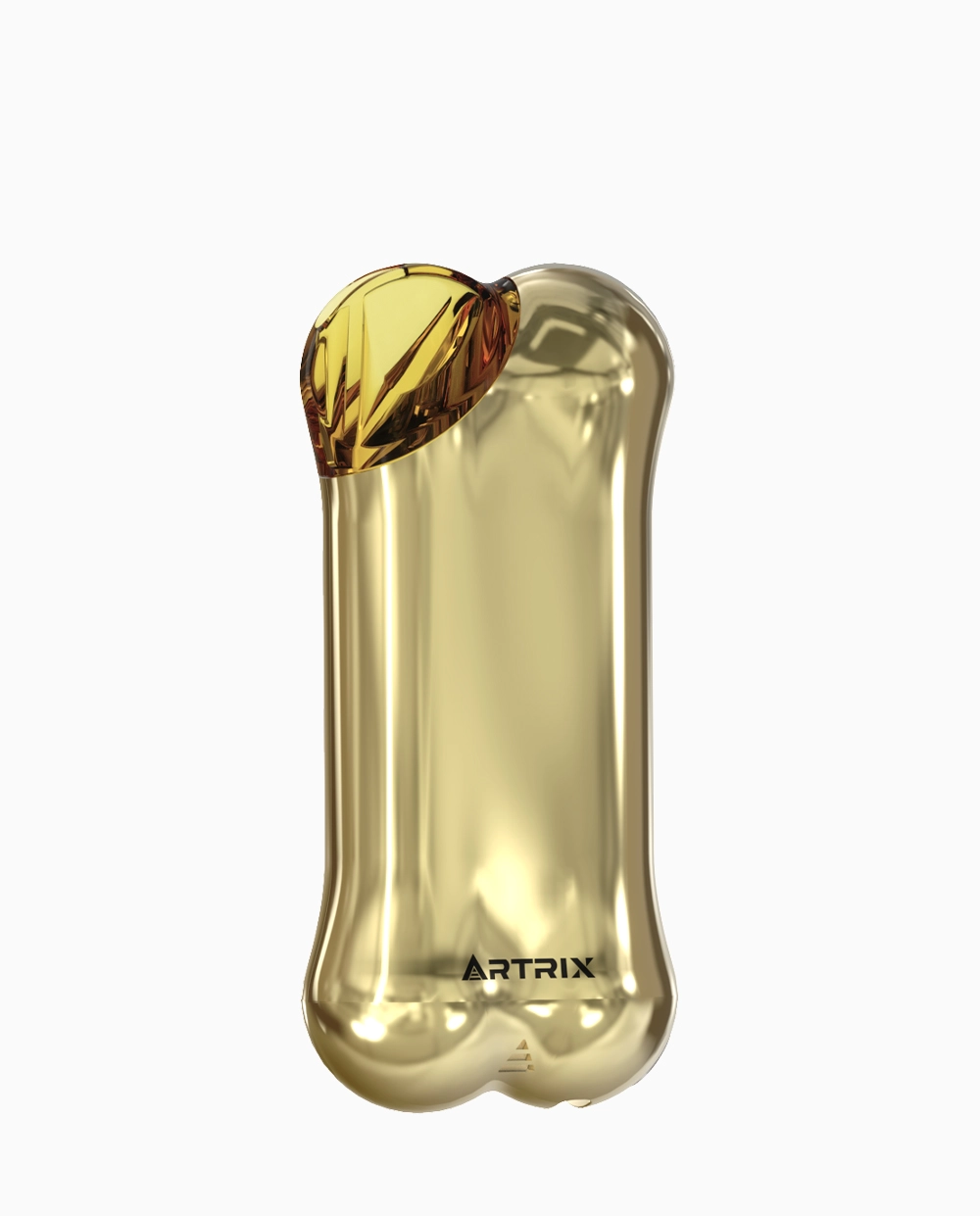
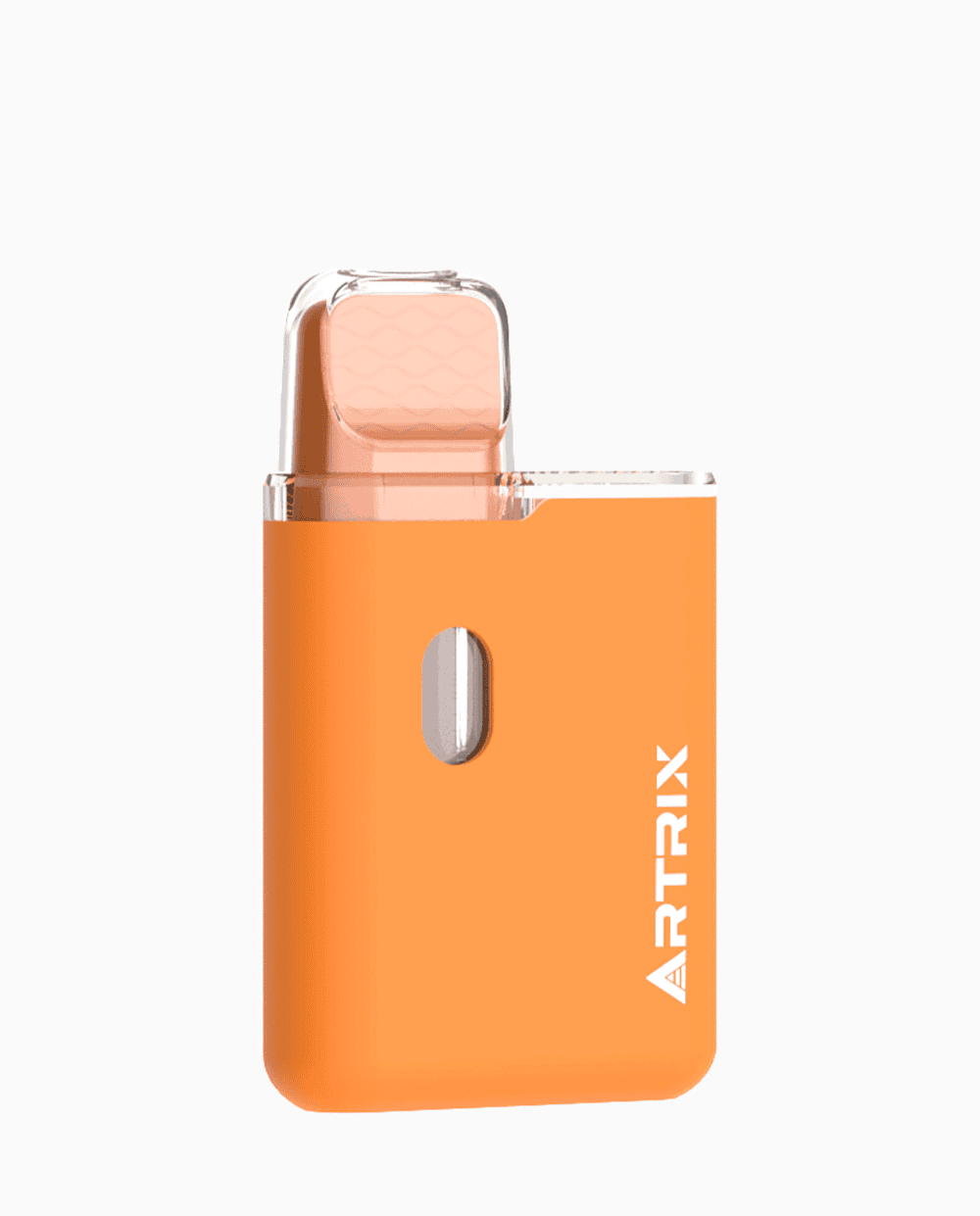
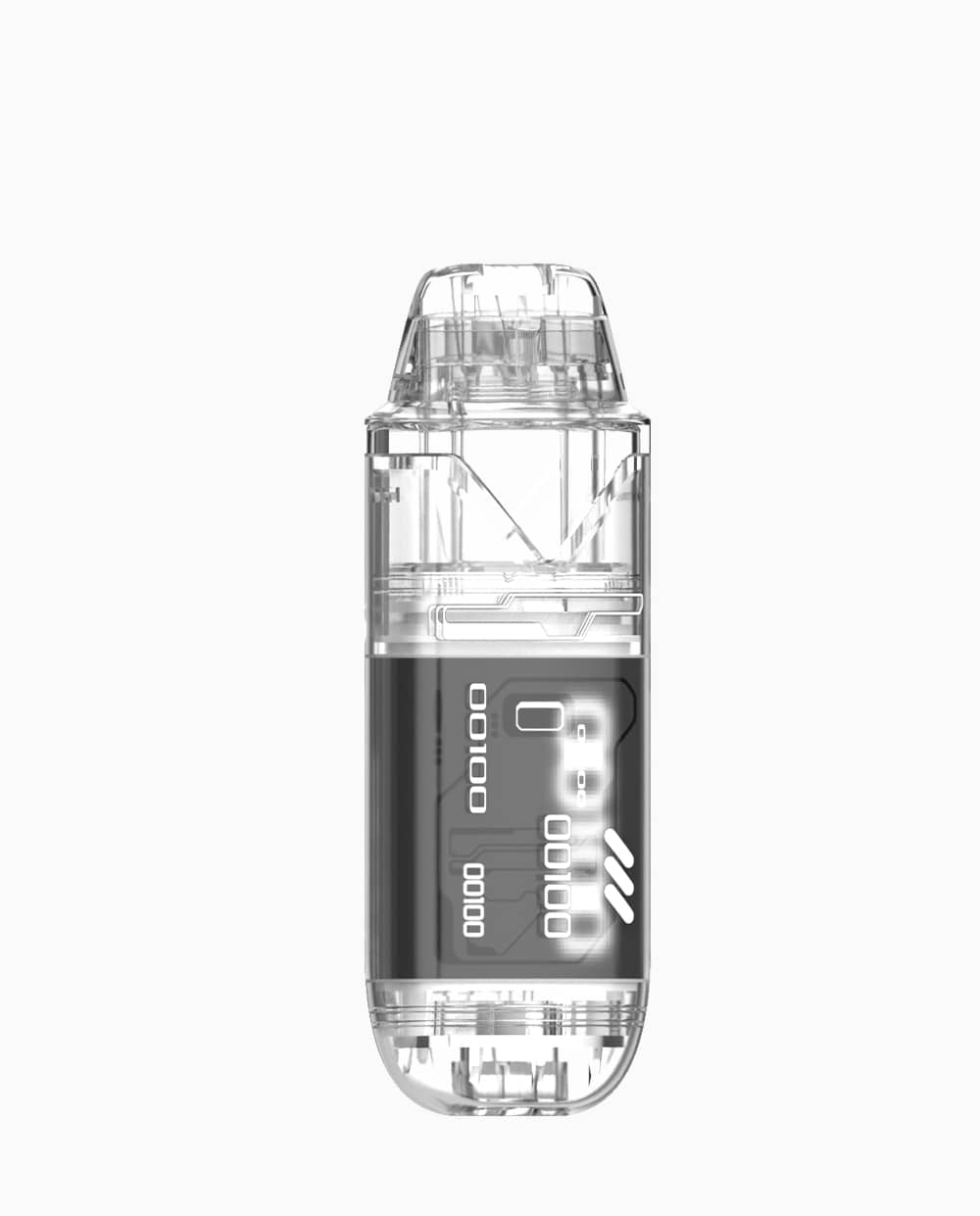
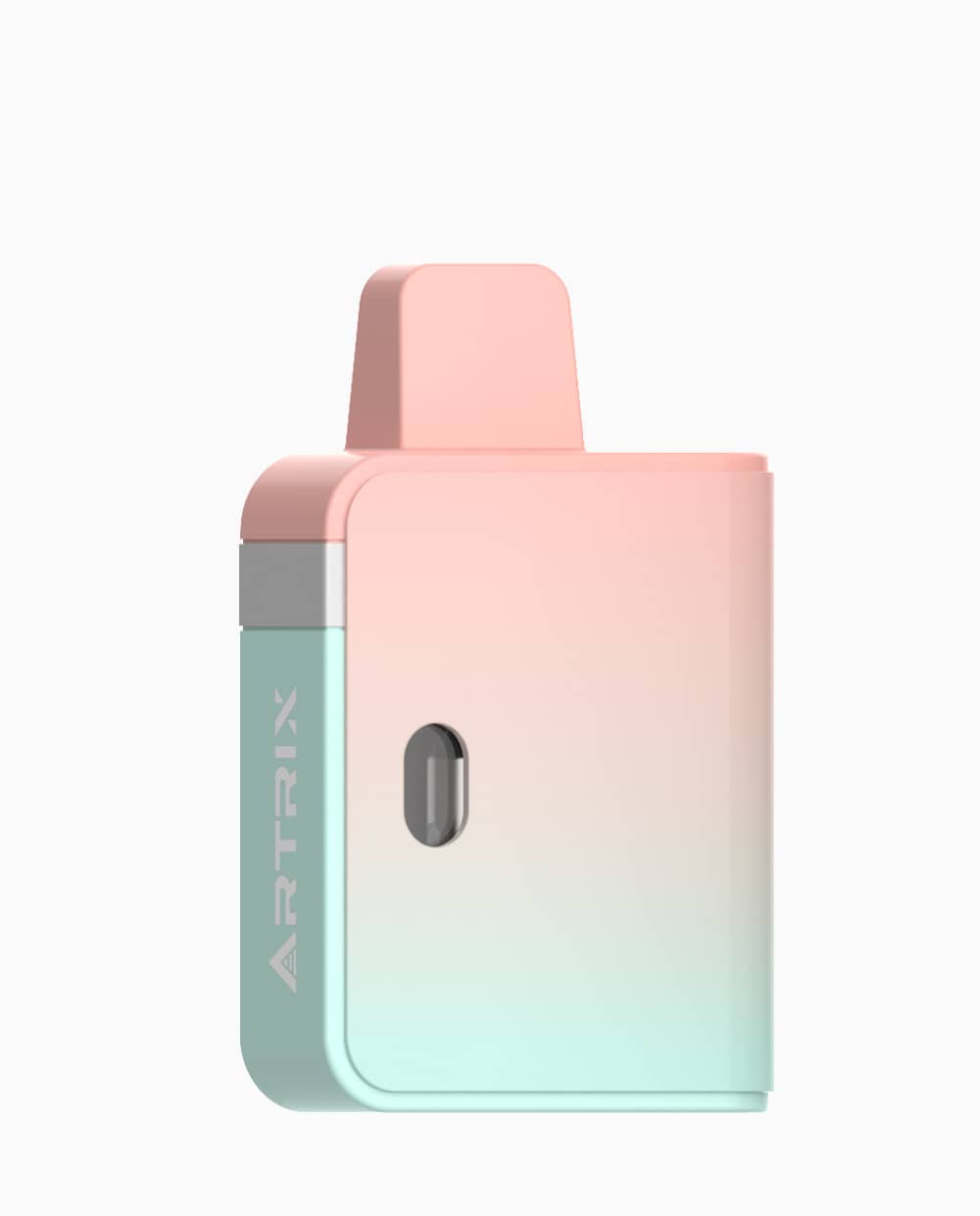
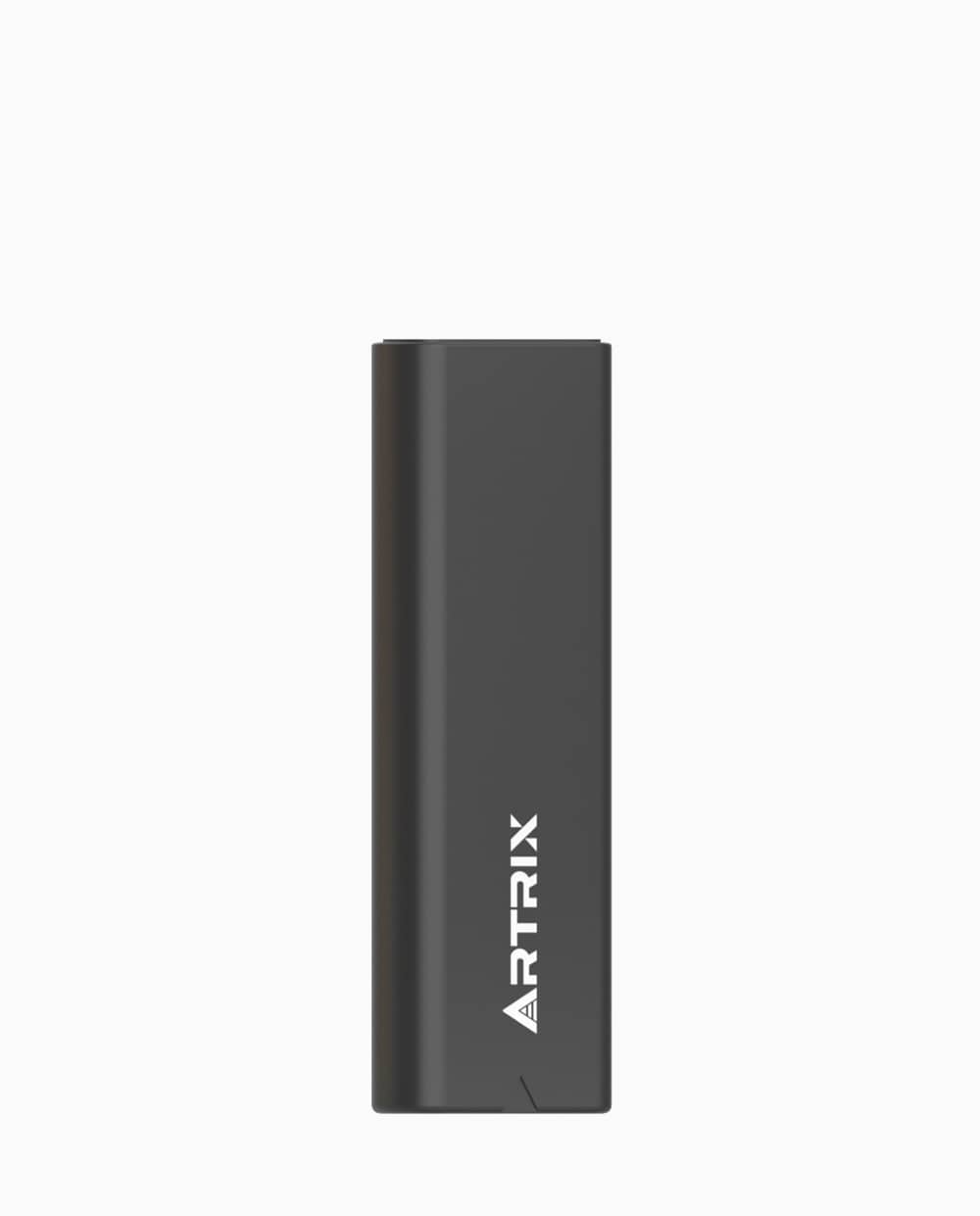
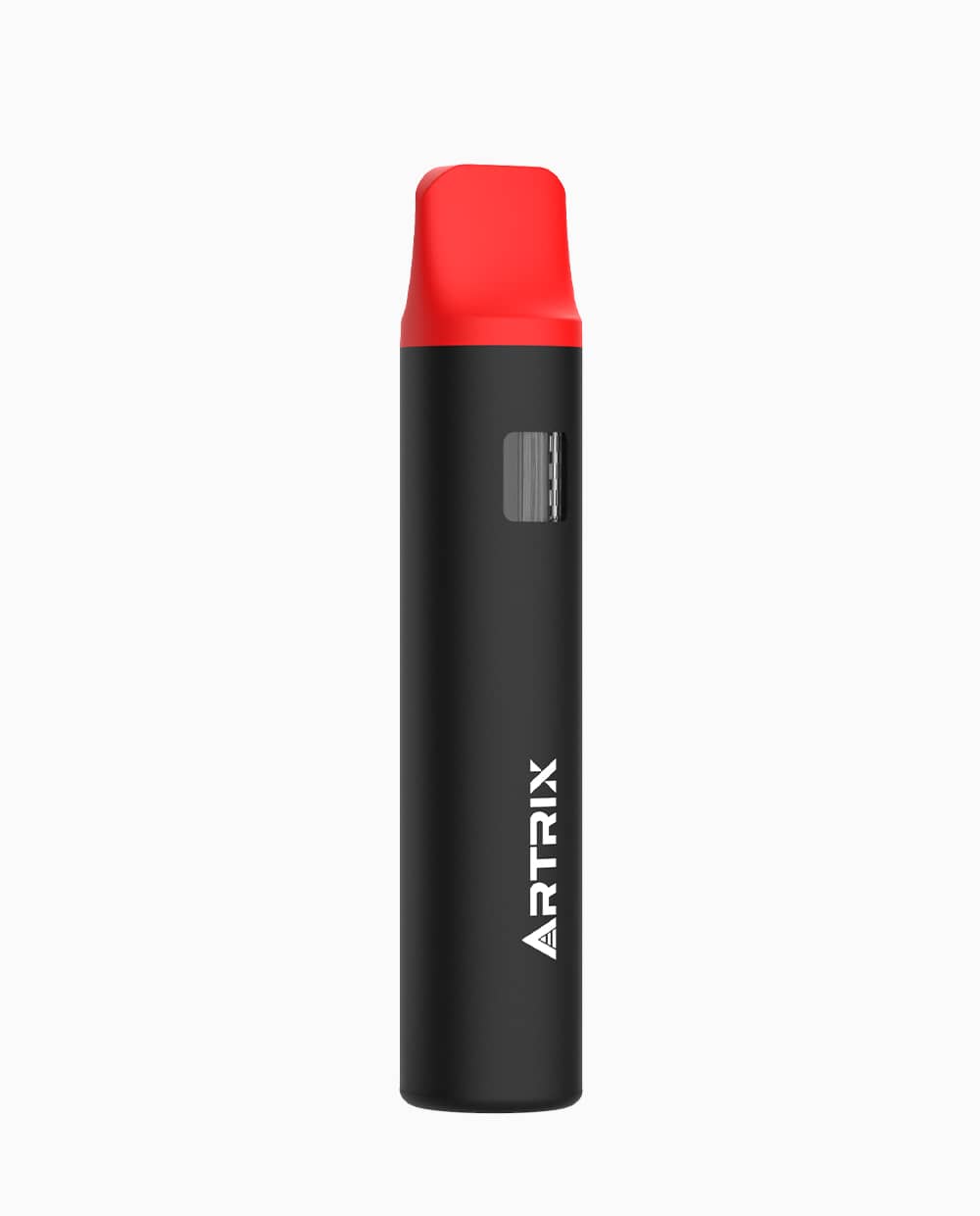
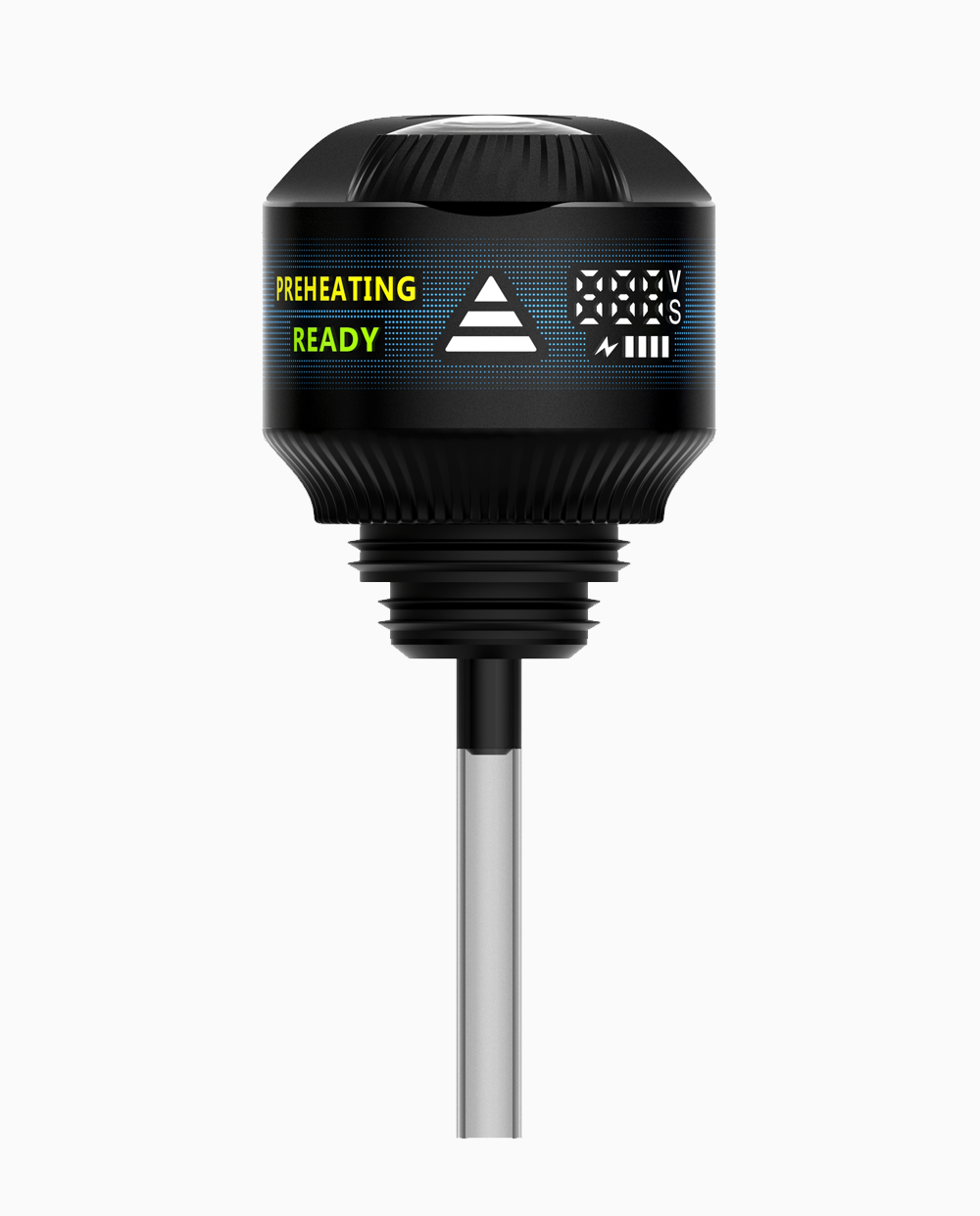
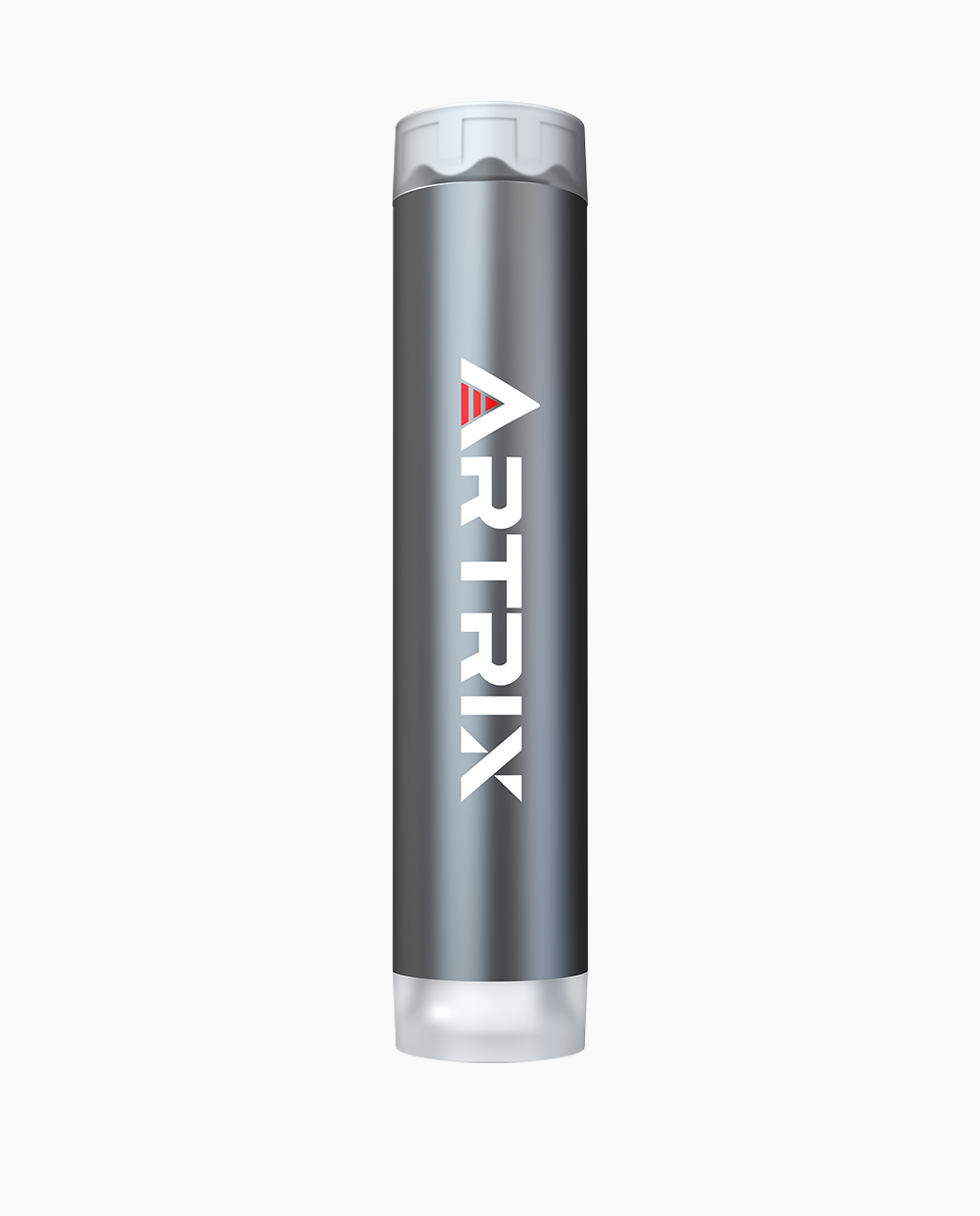

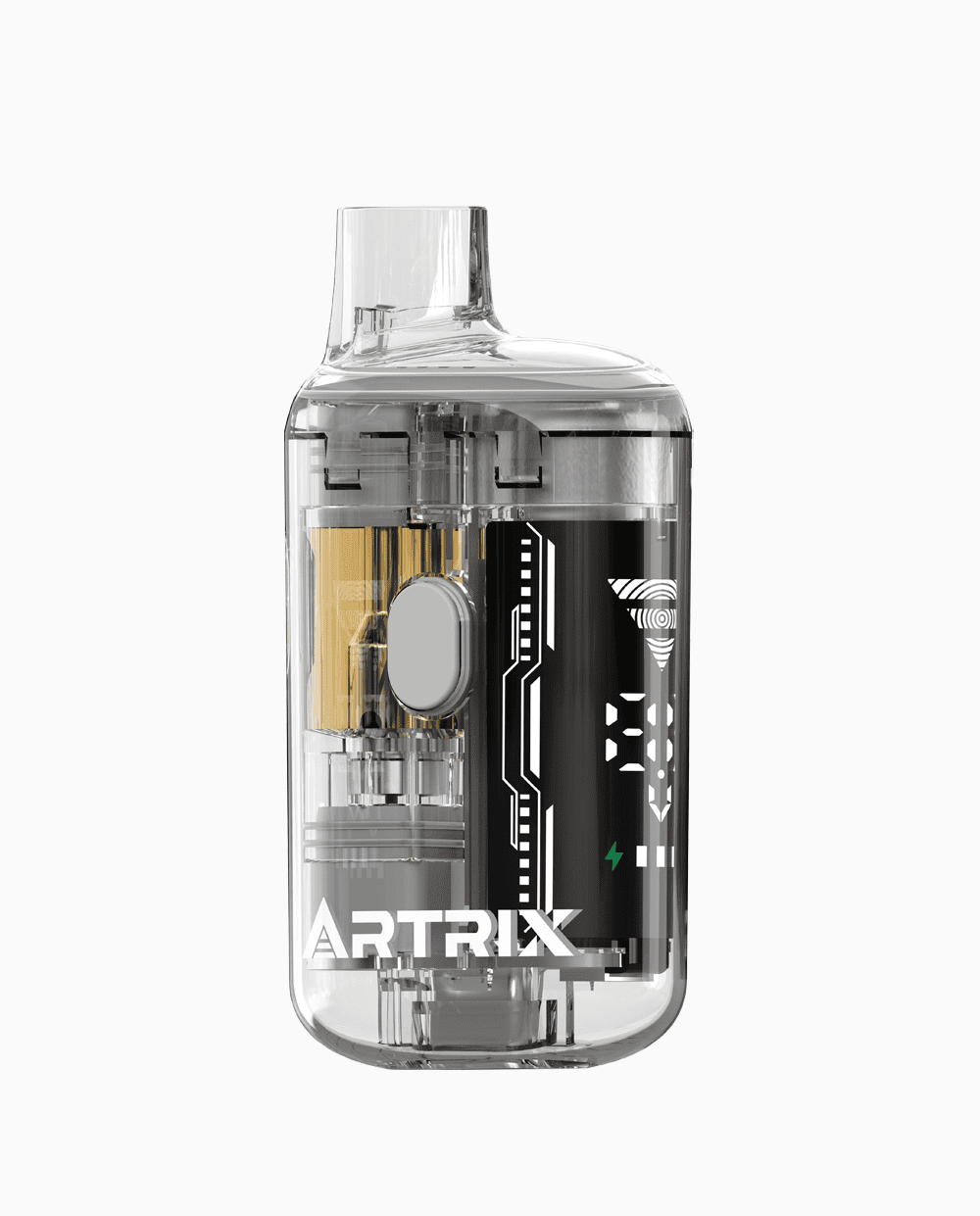
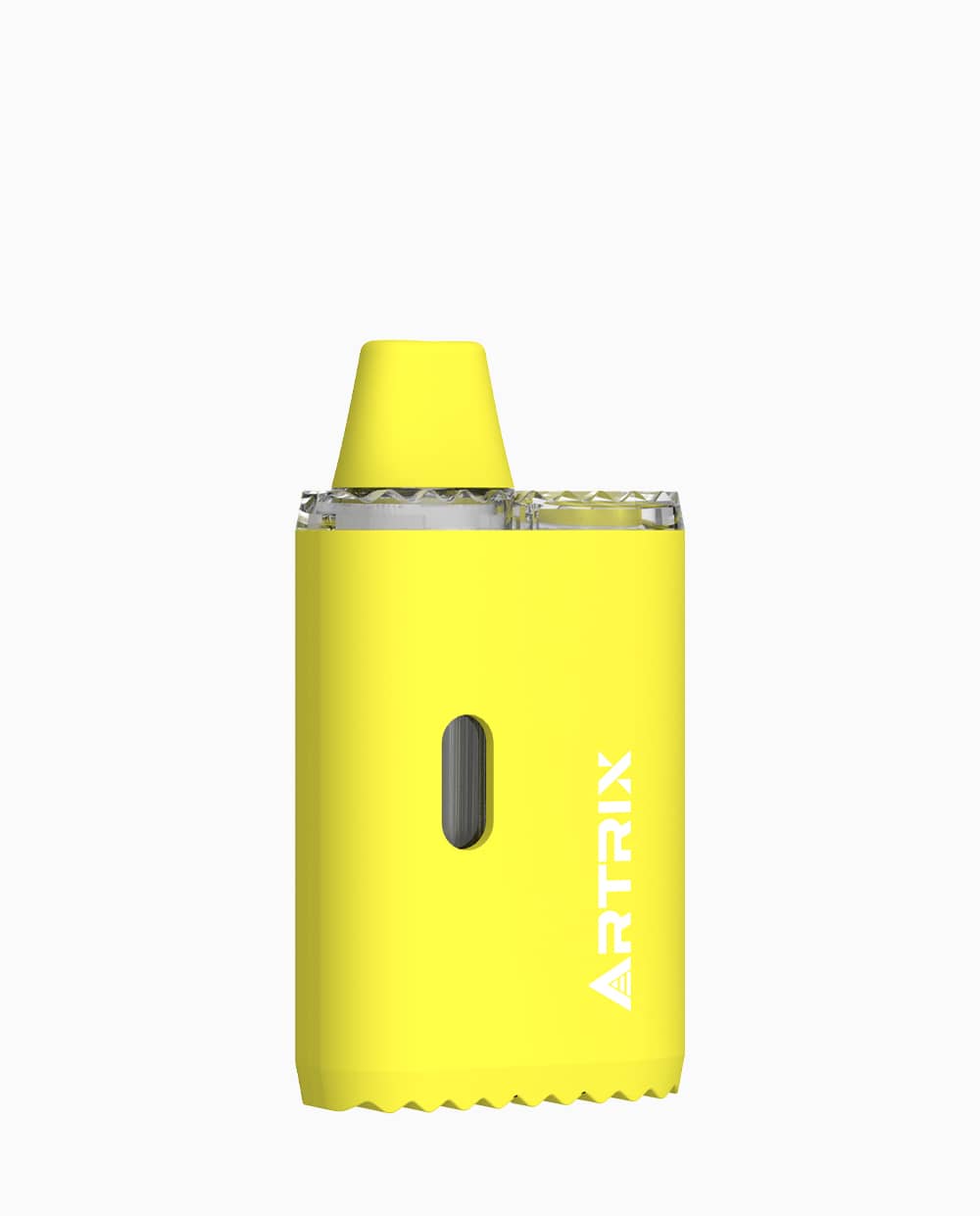
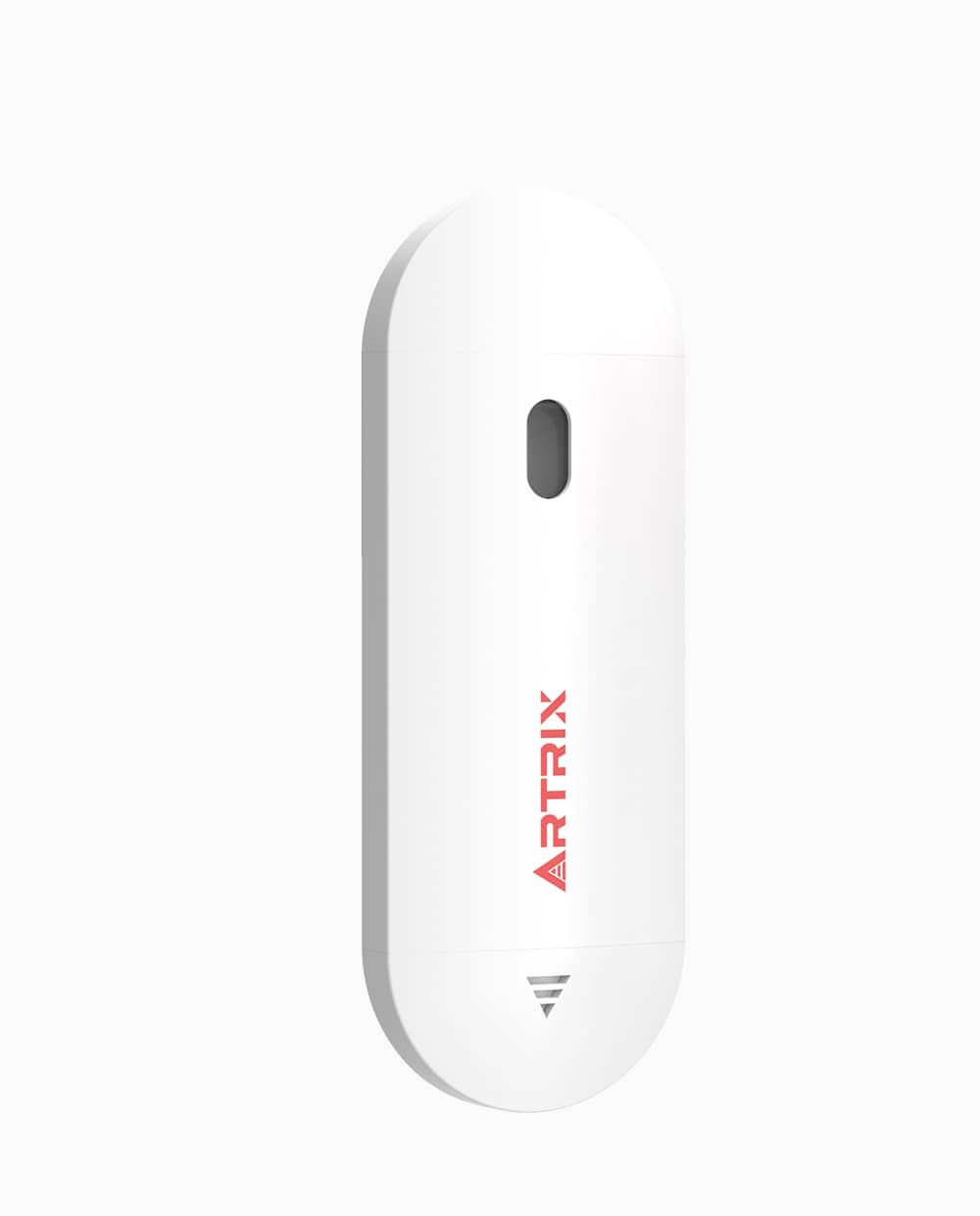
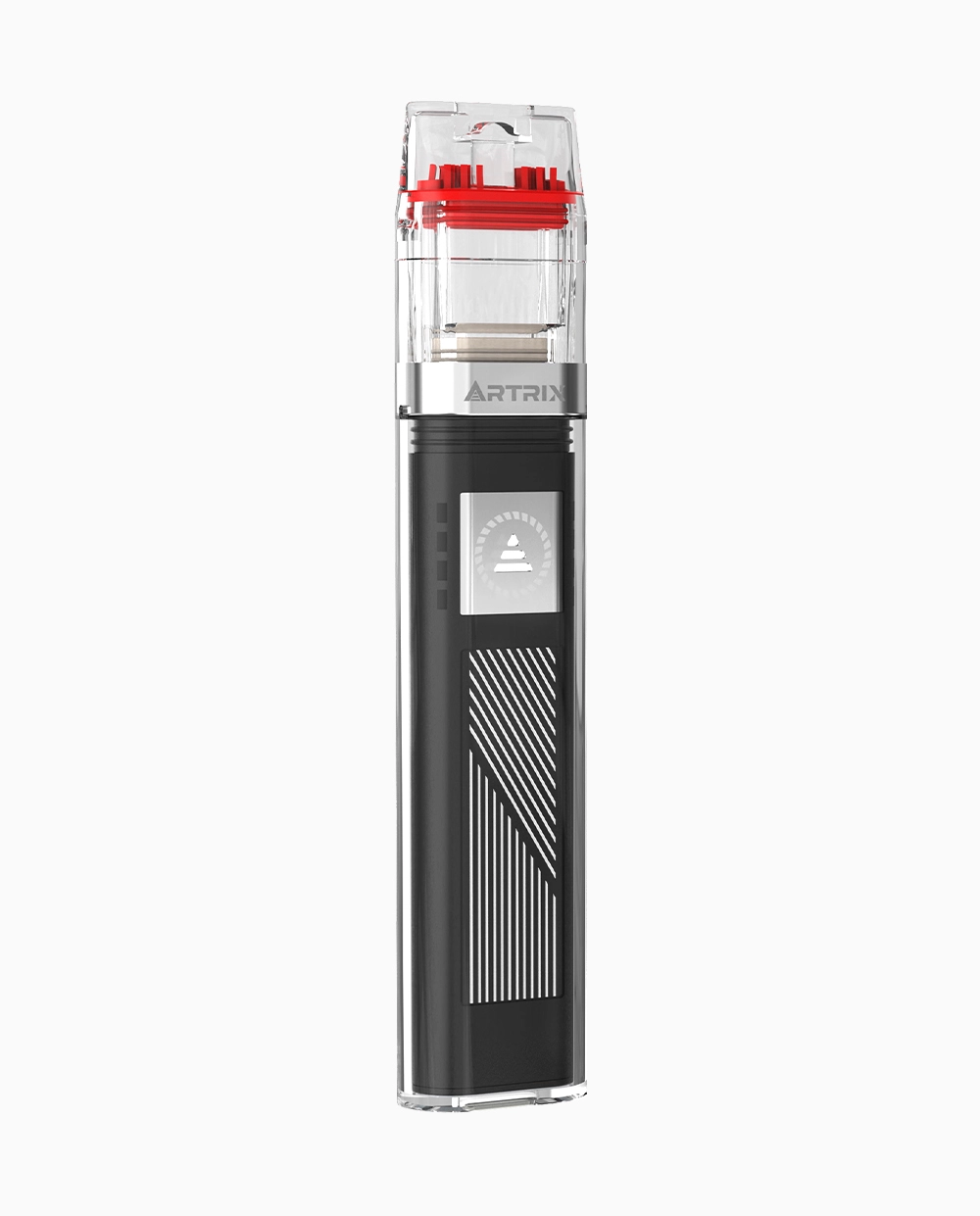
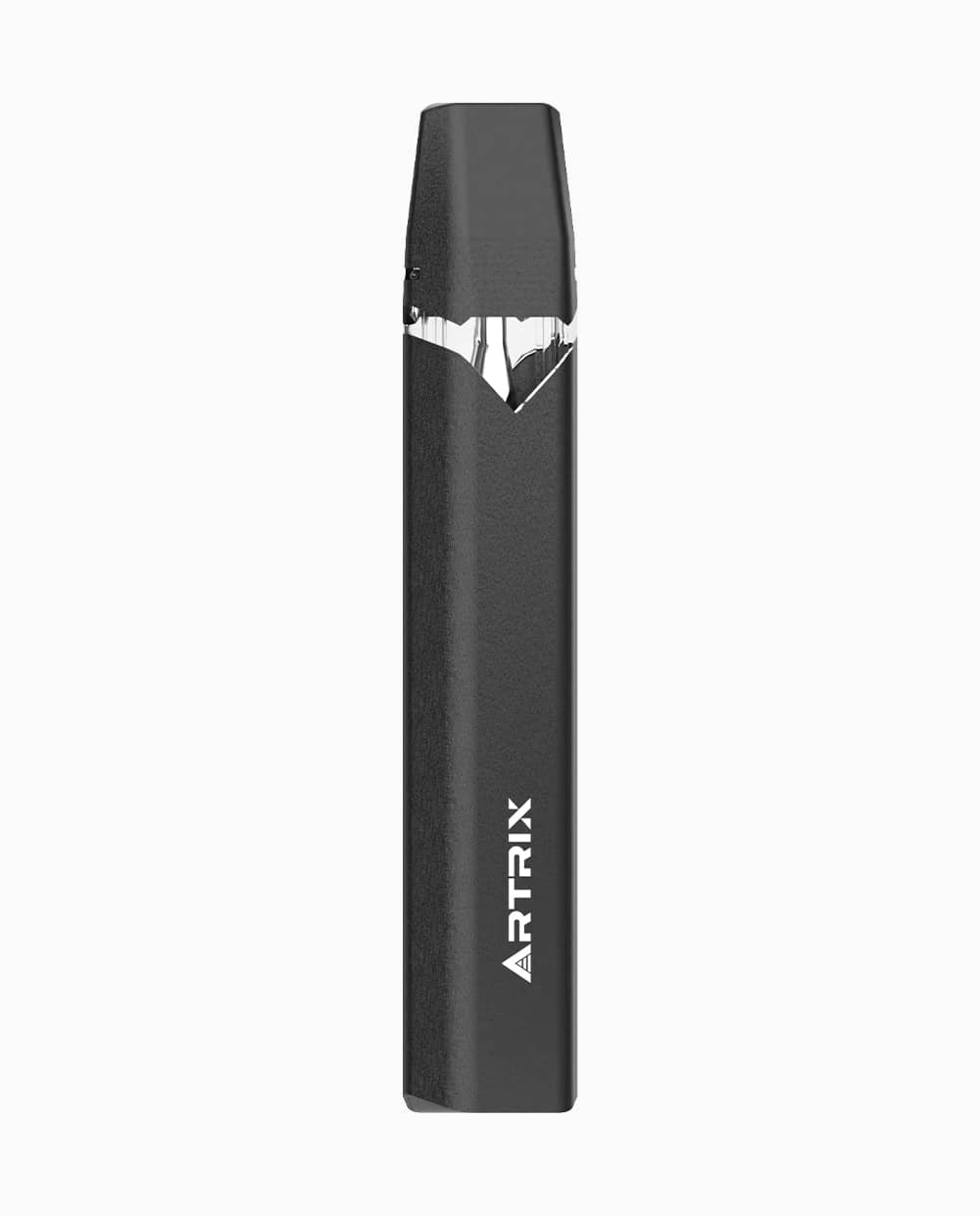
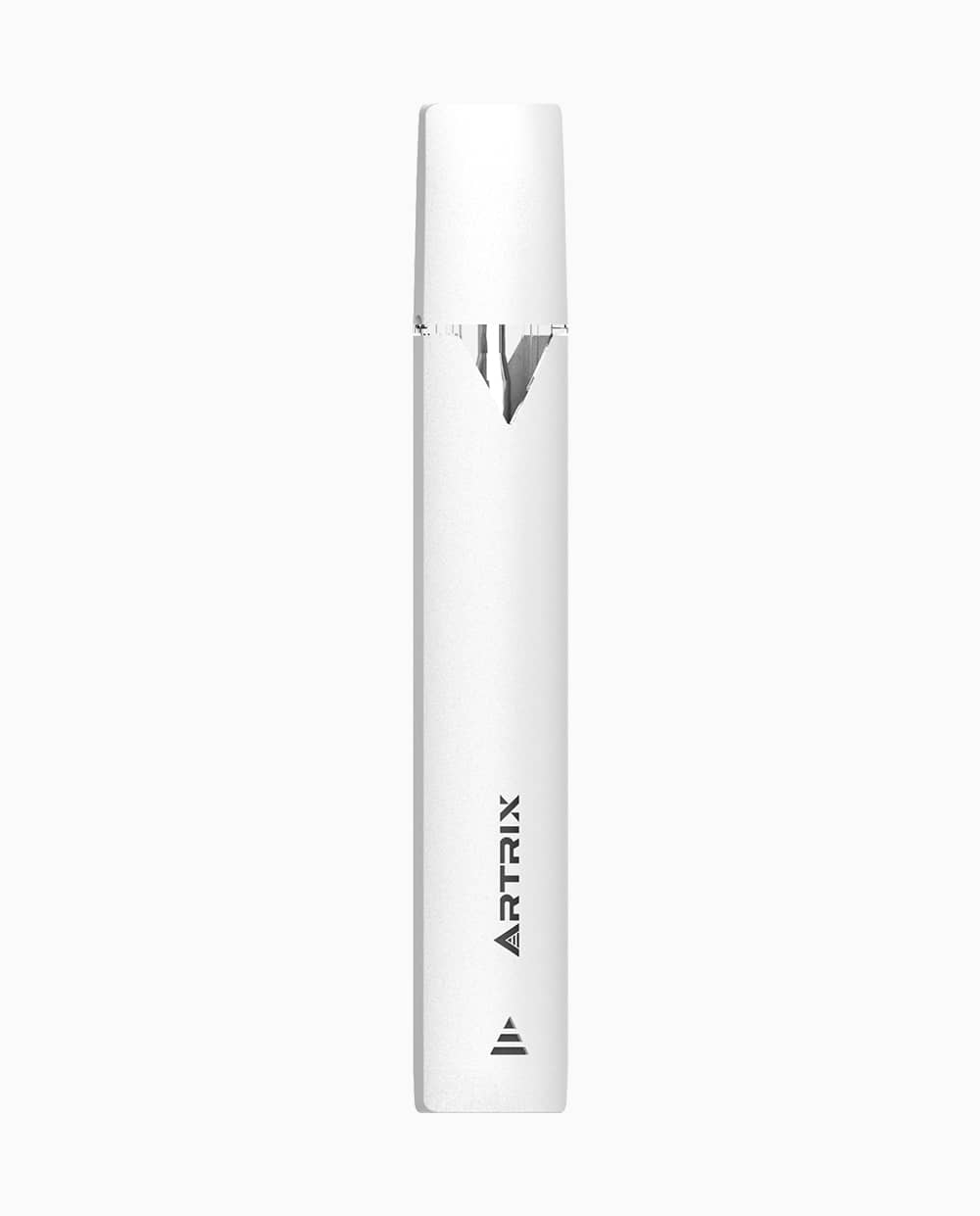
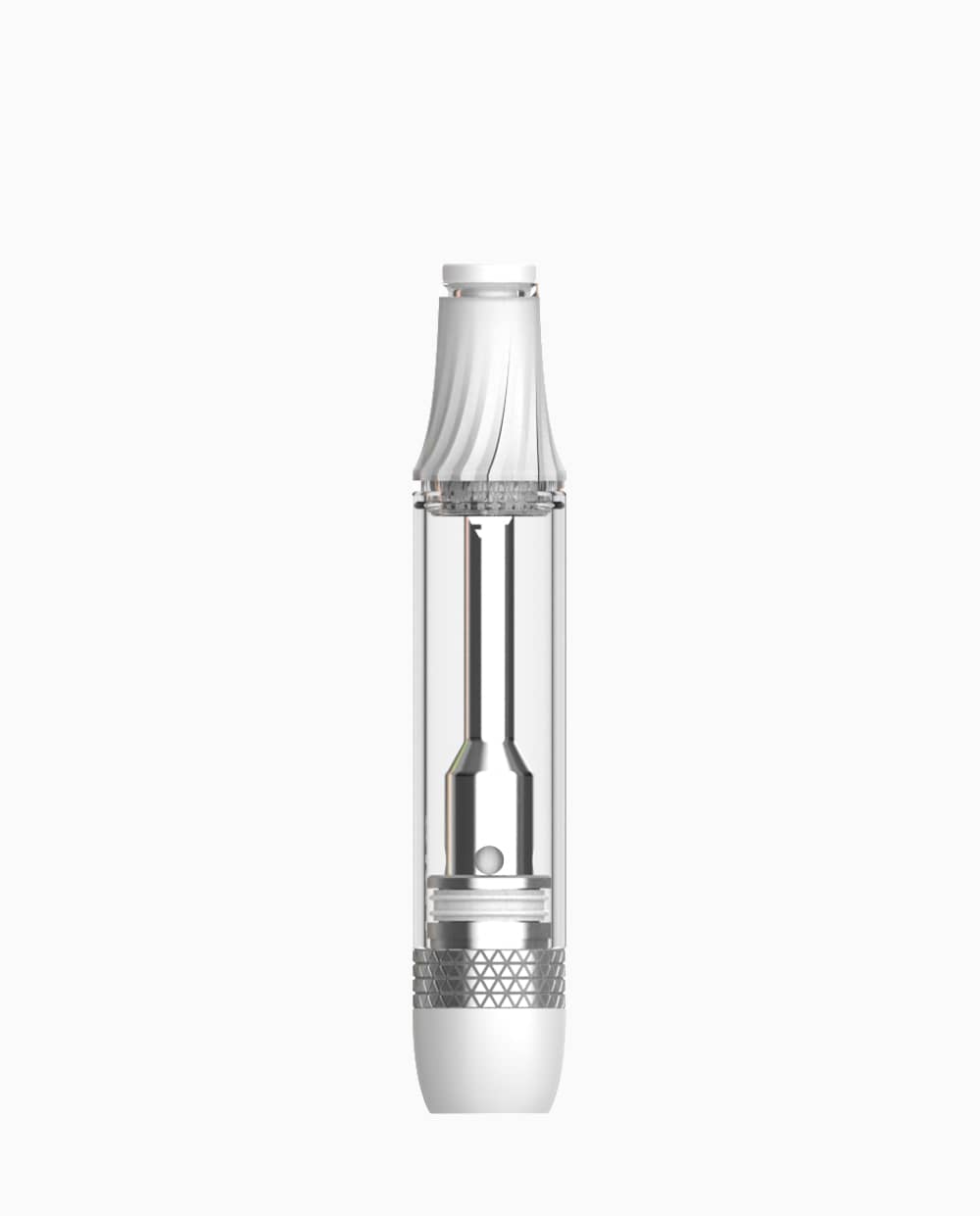
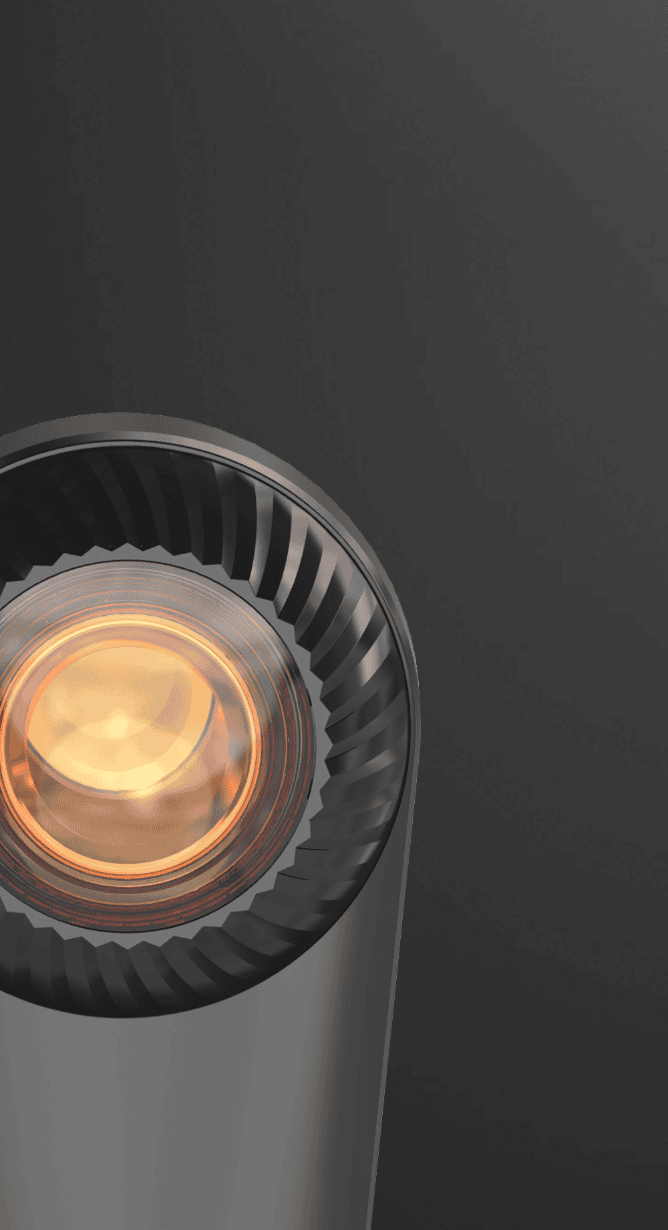
-1.webp)
-1.webp)
-2.webp)
